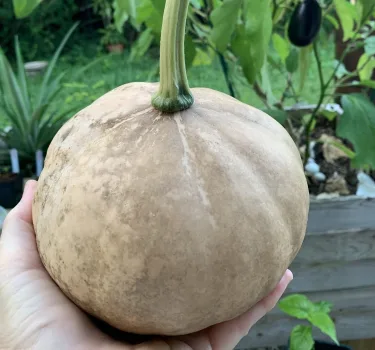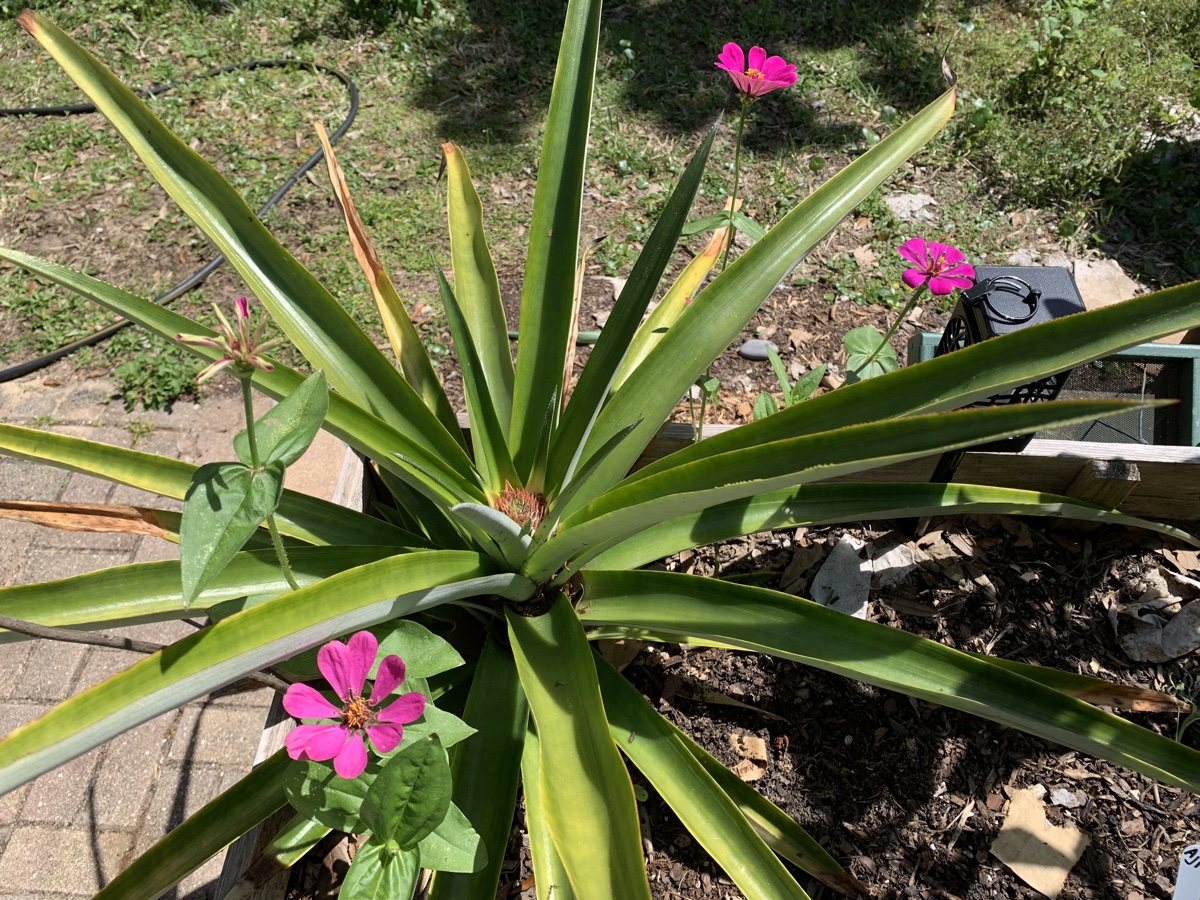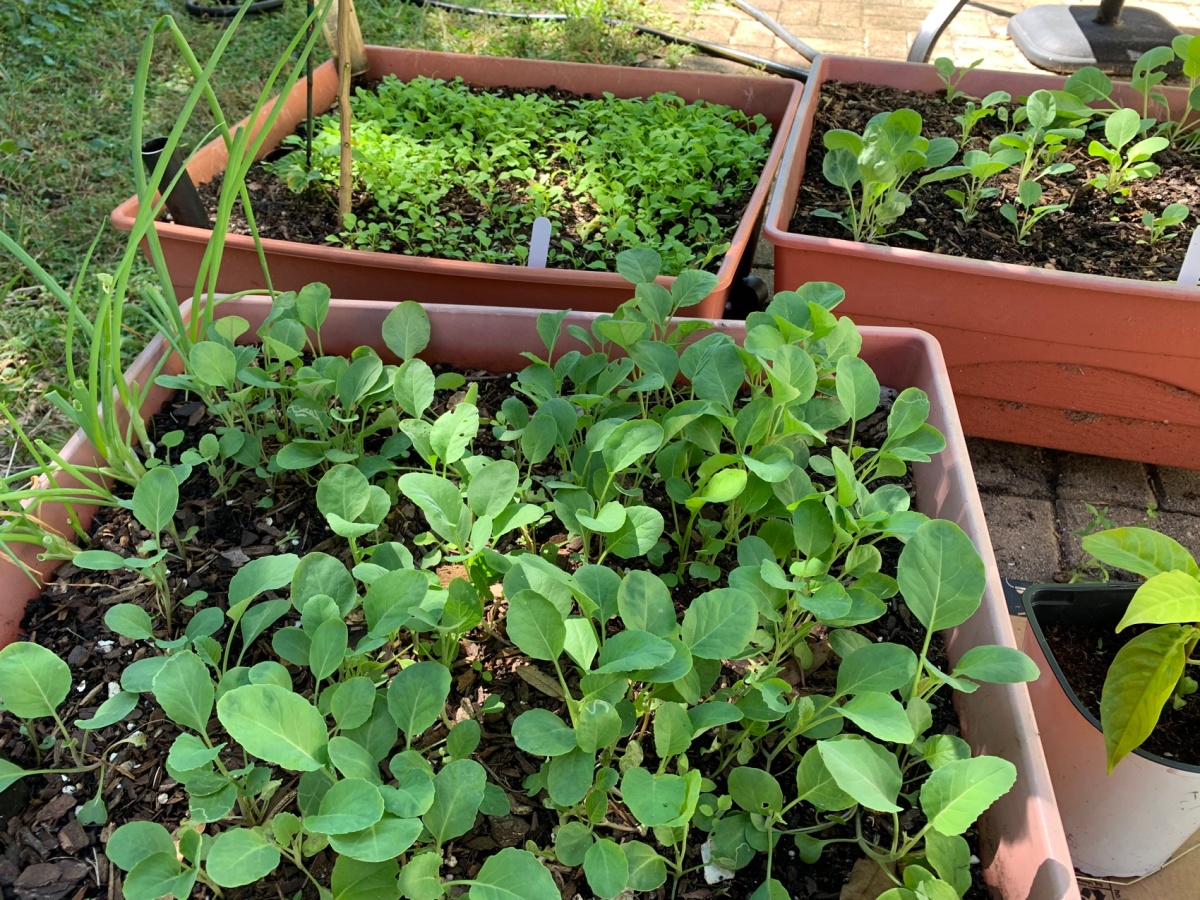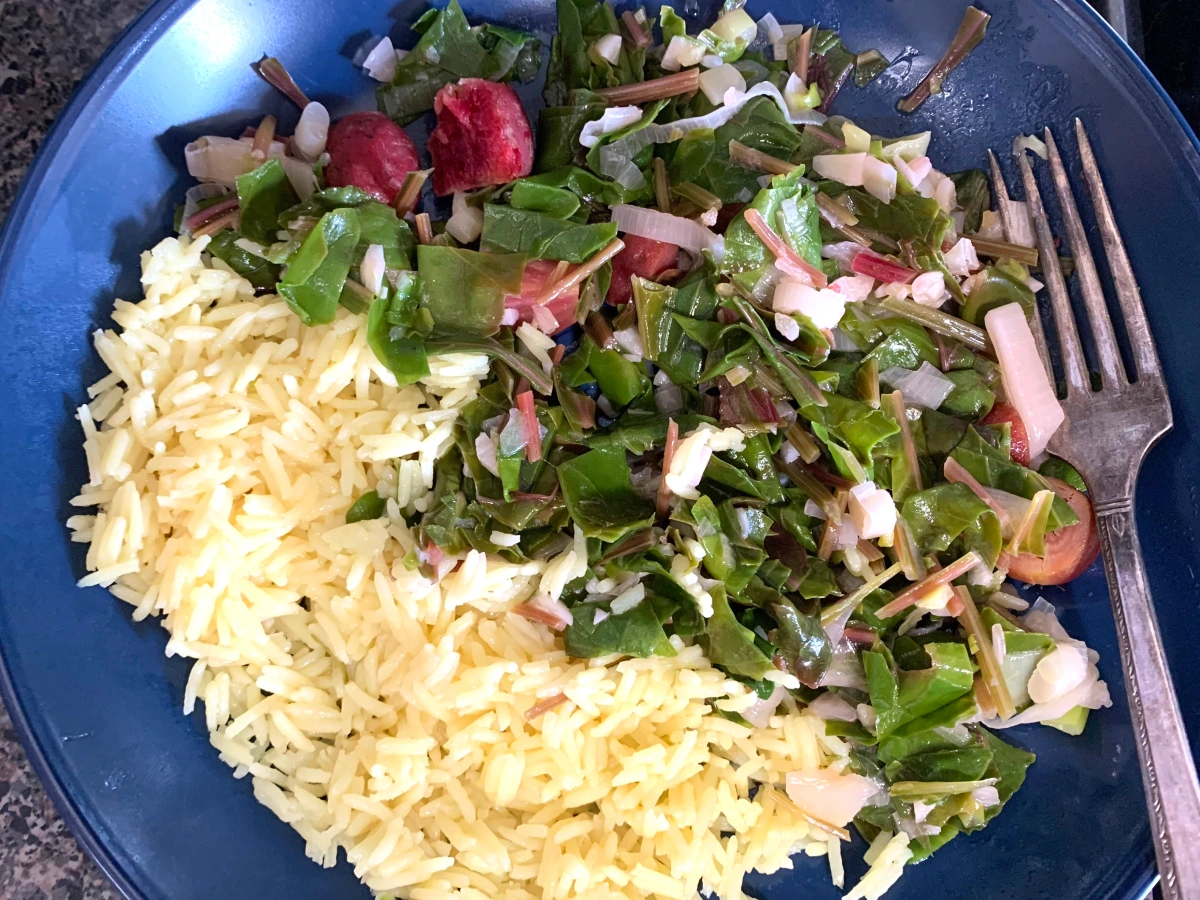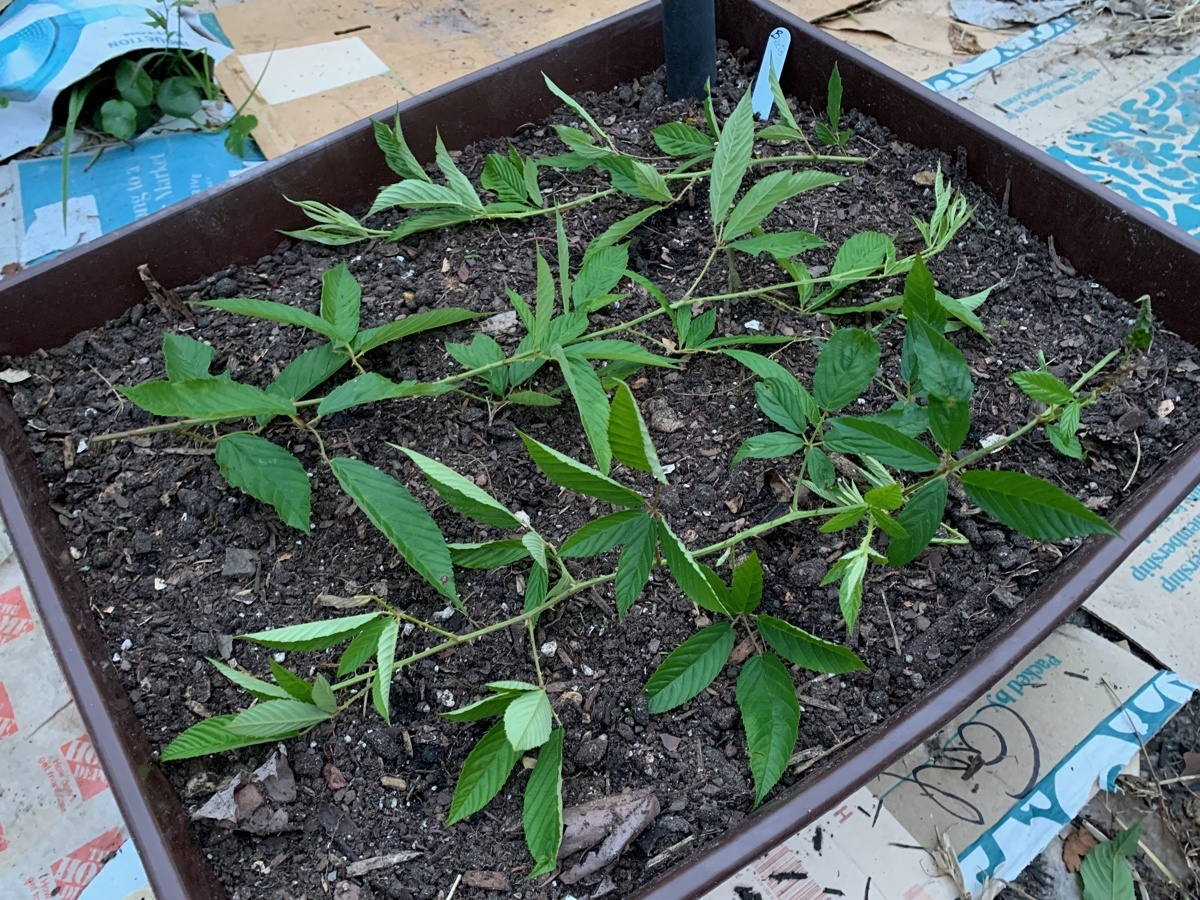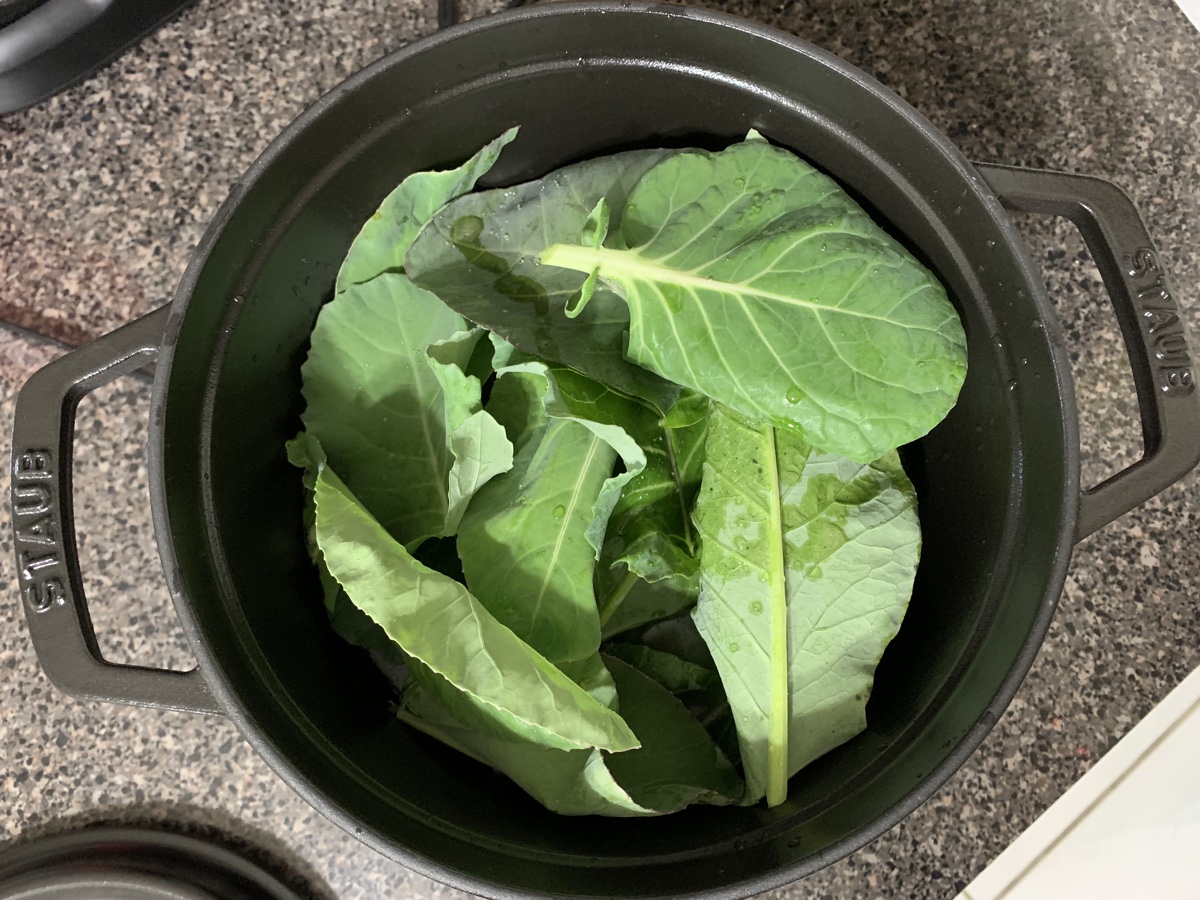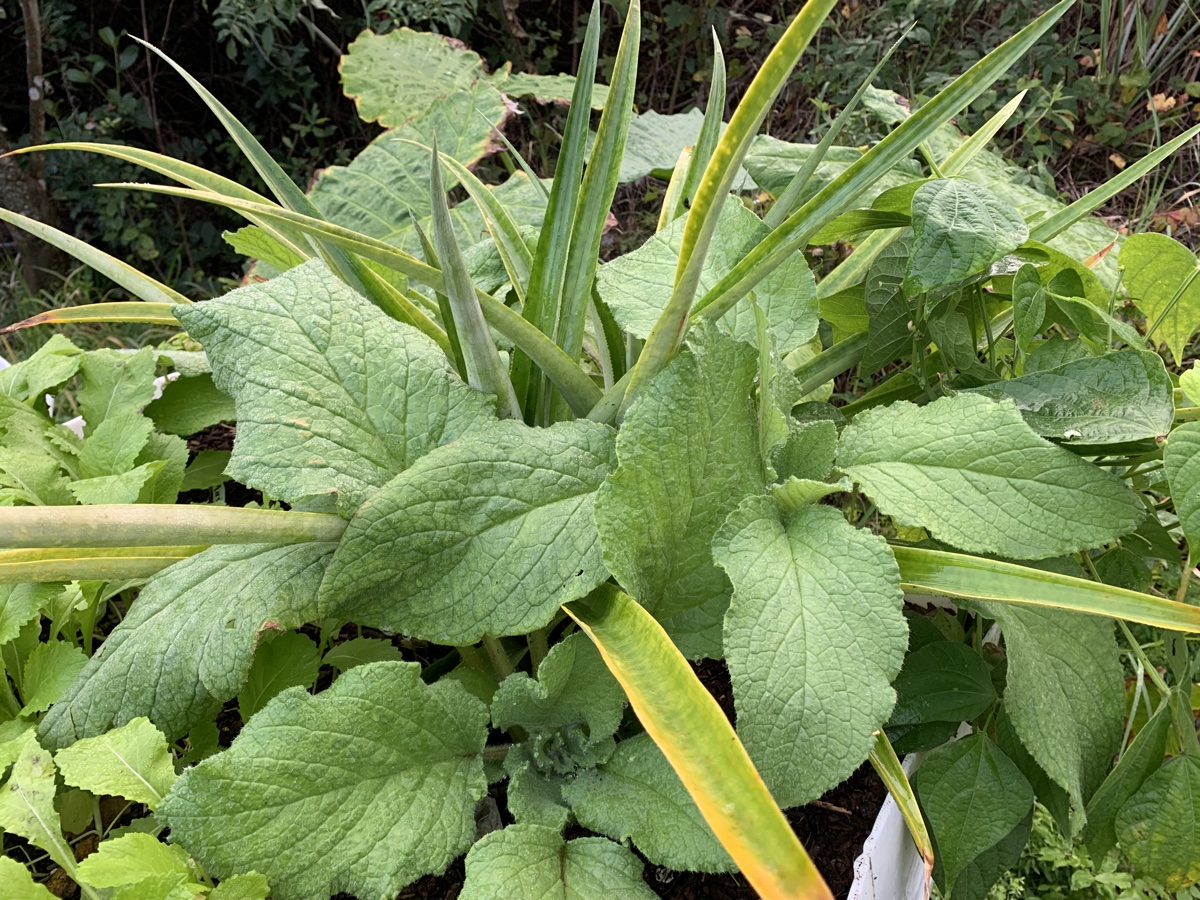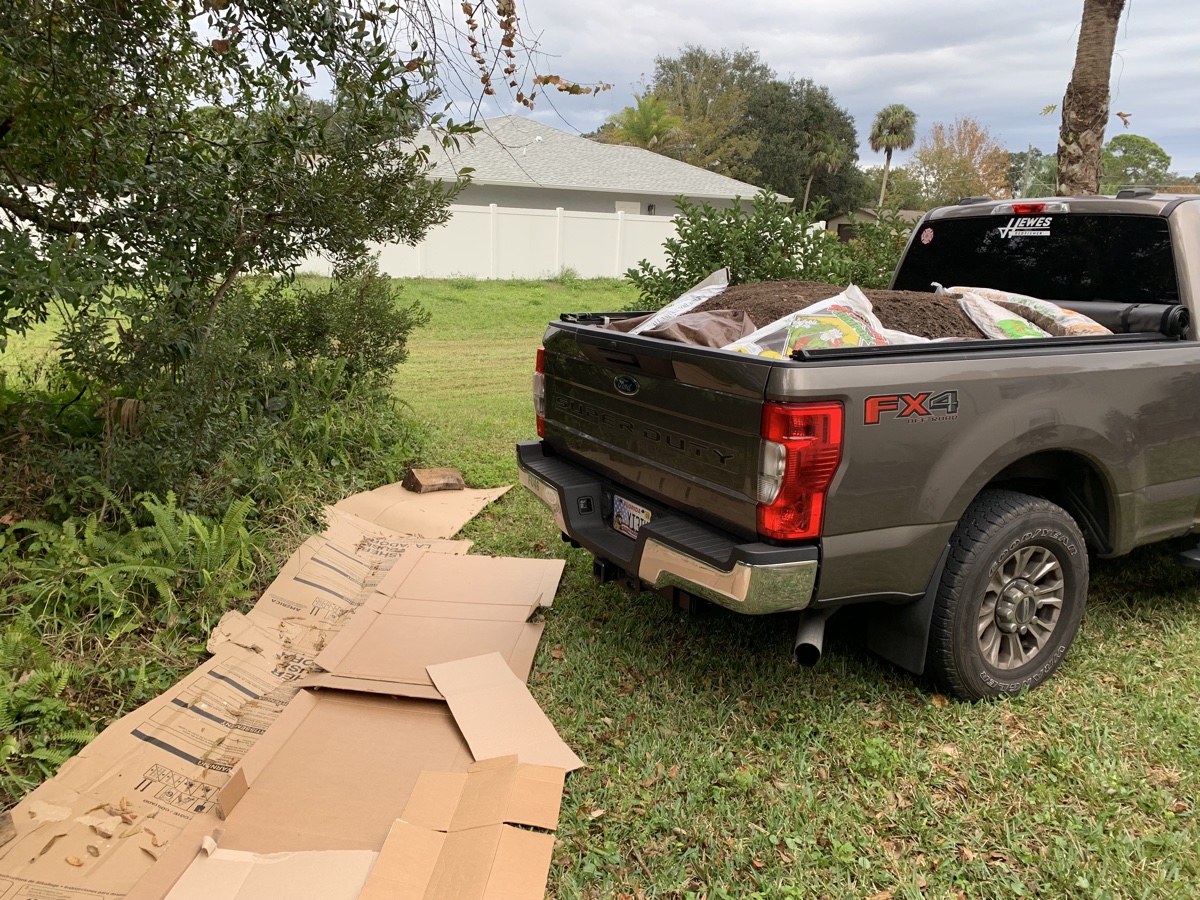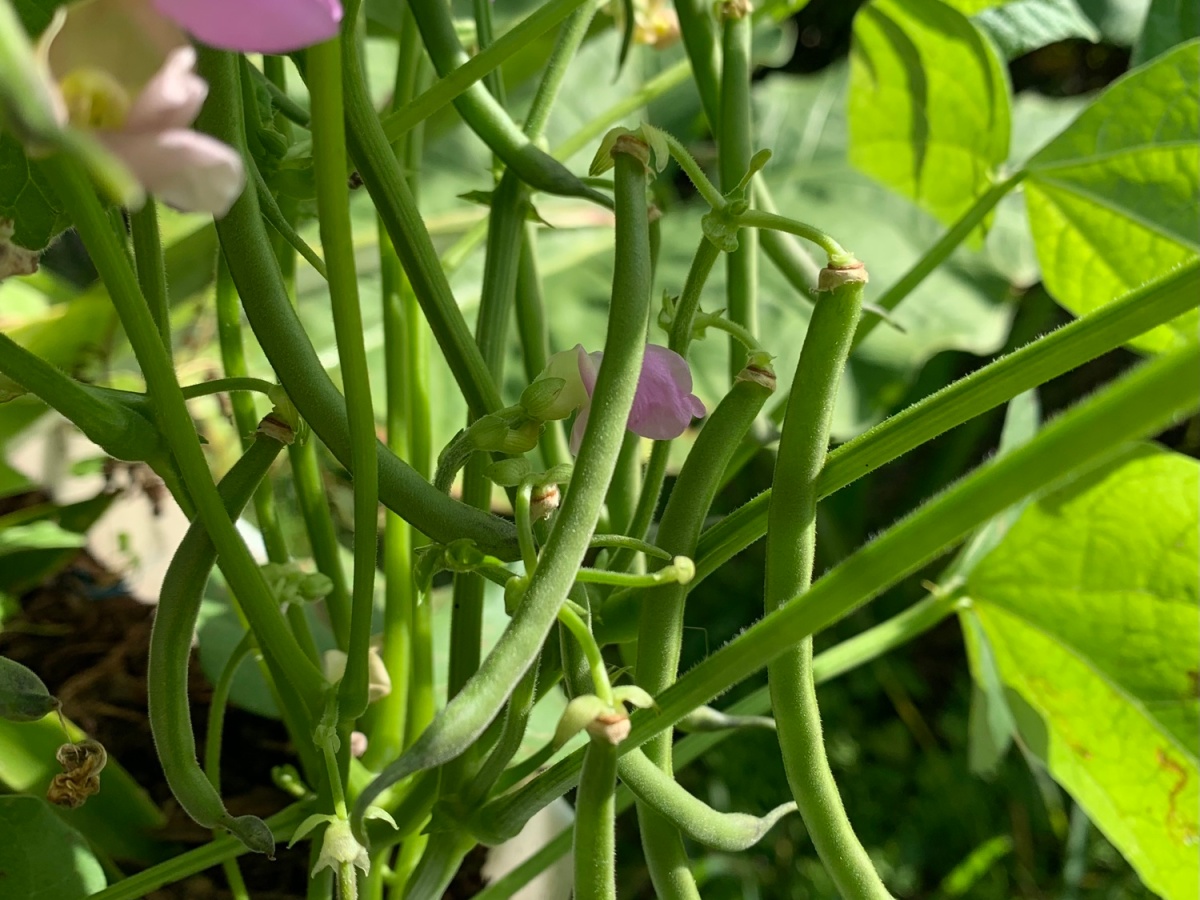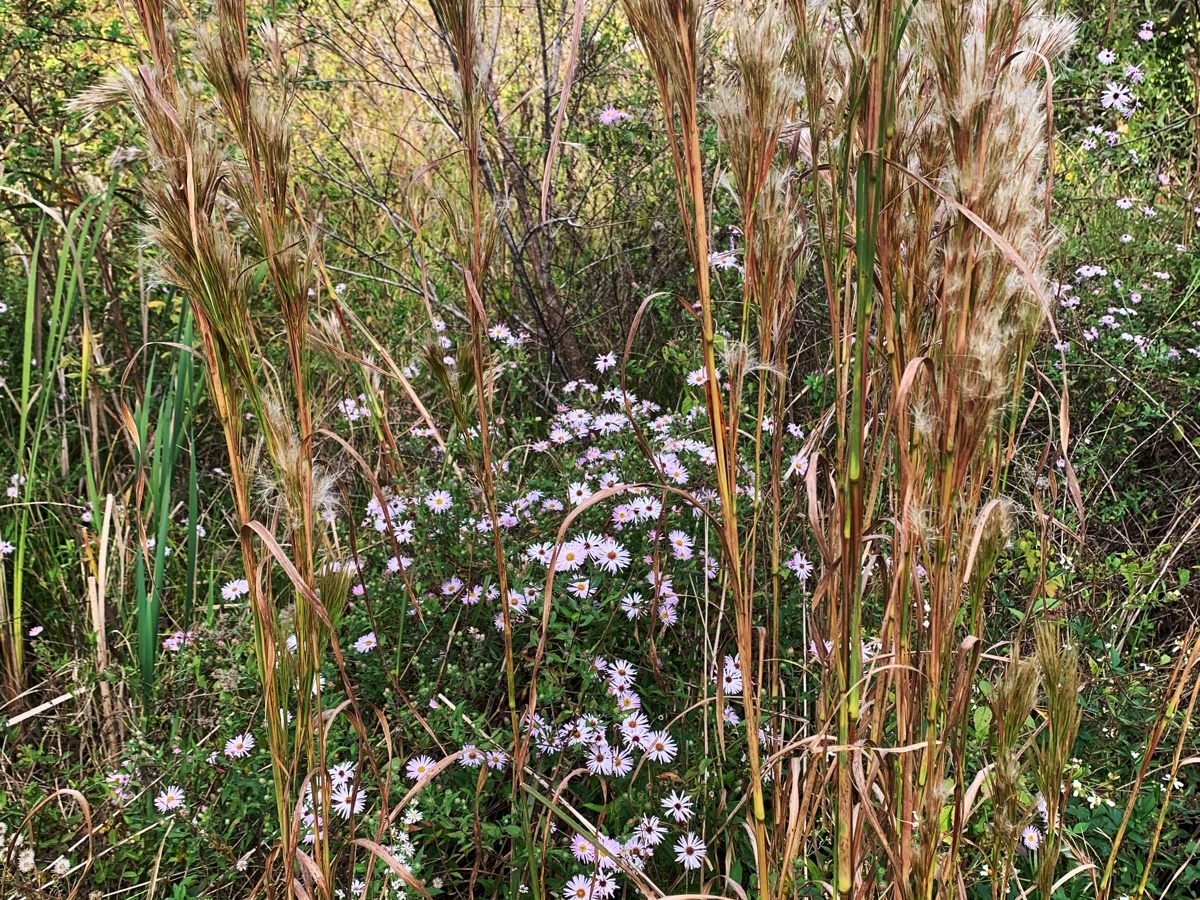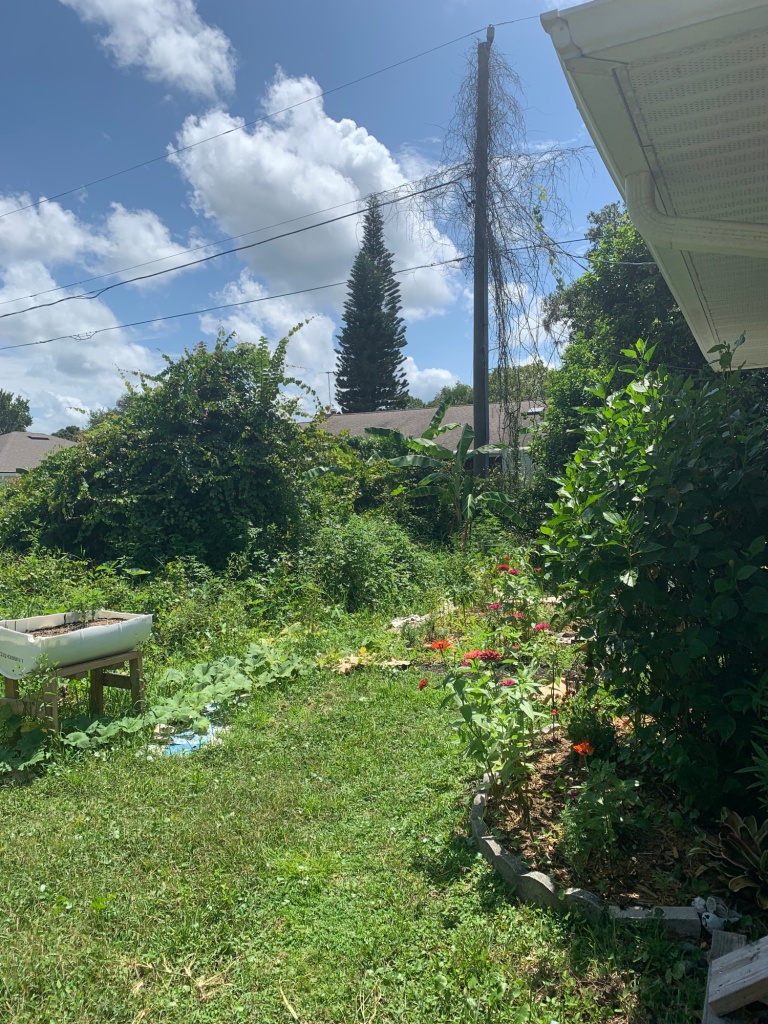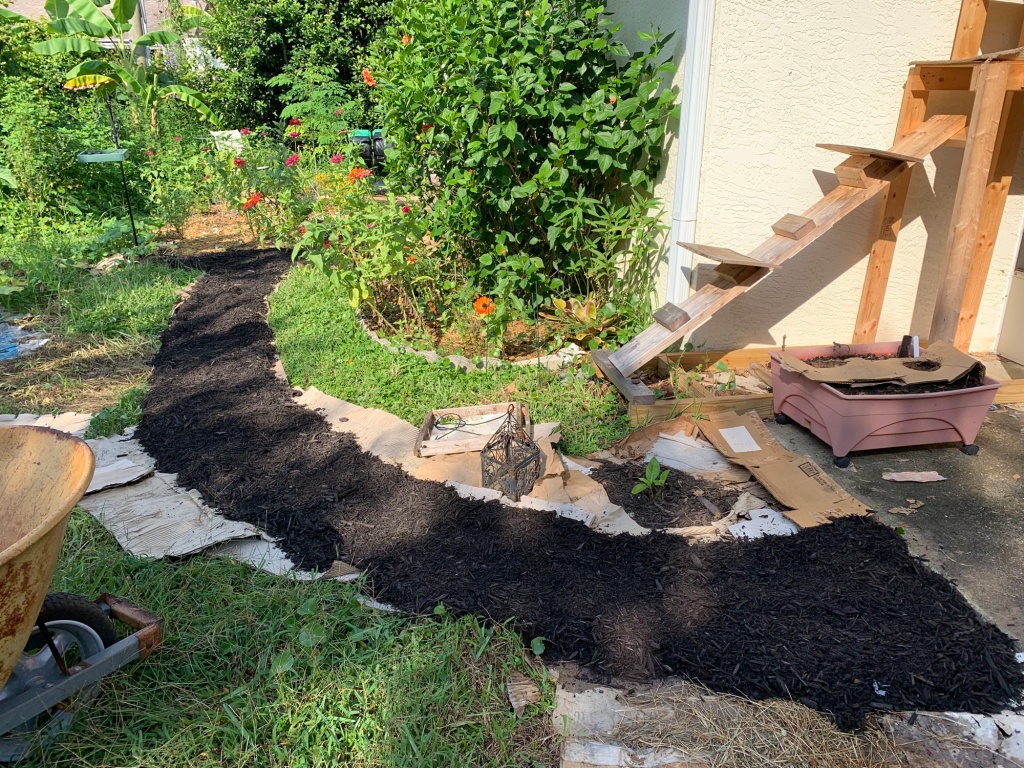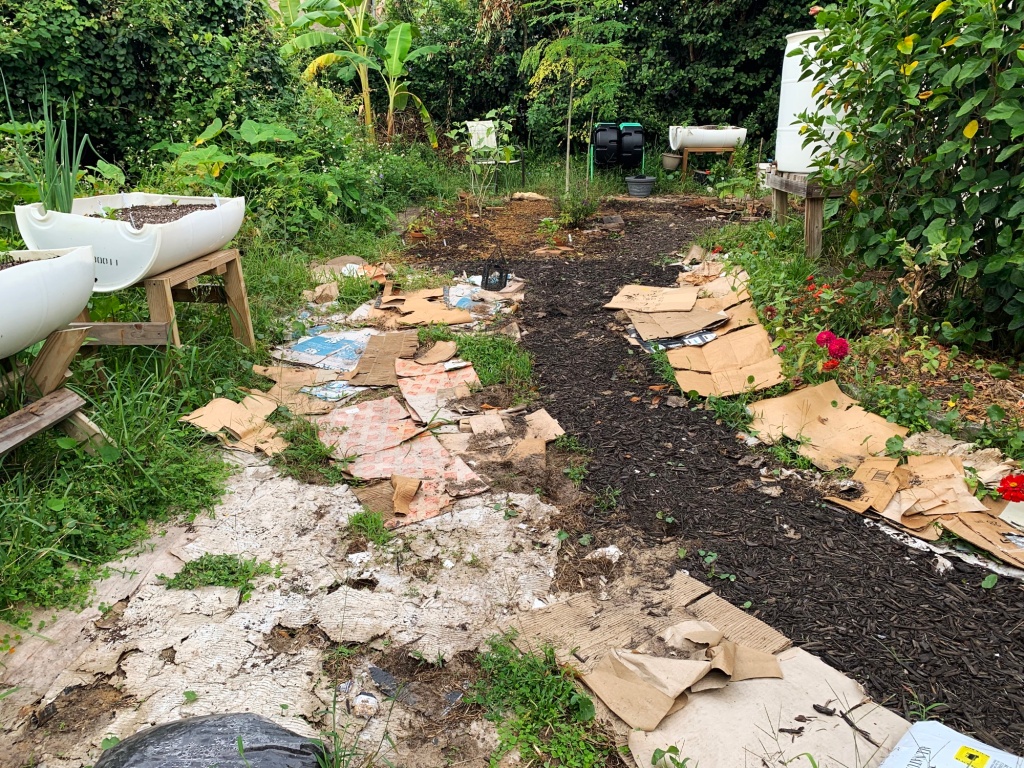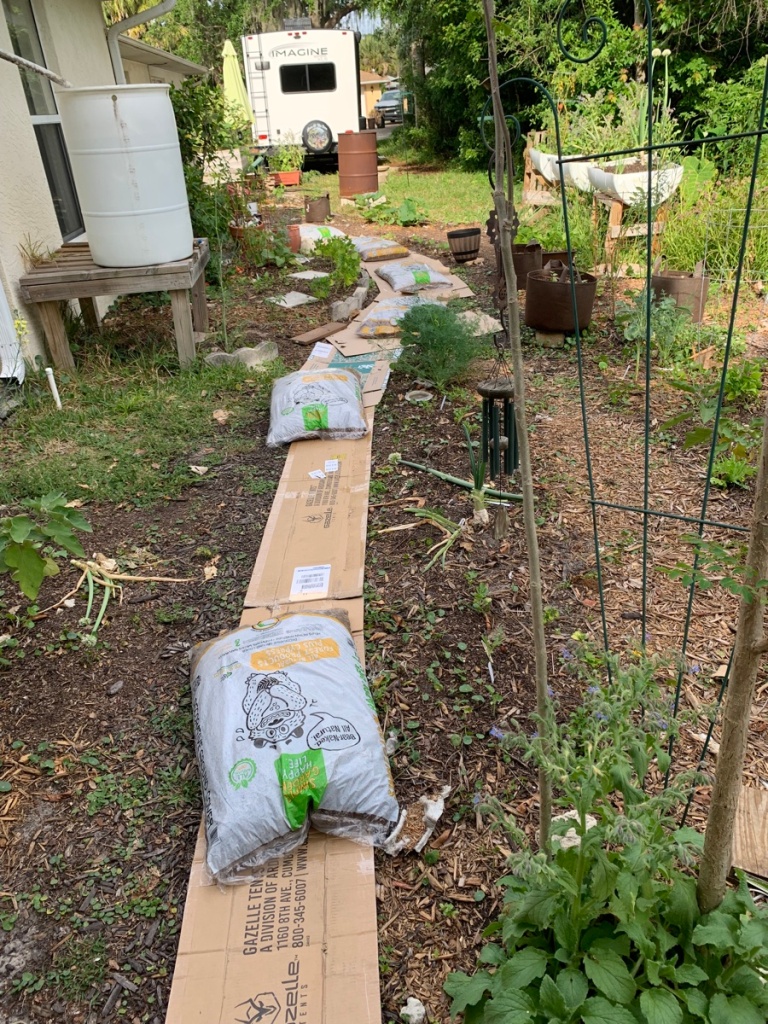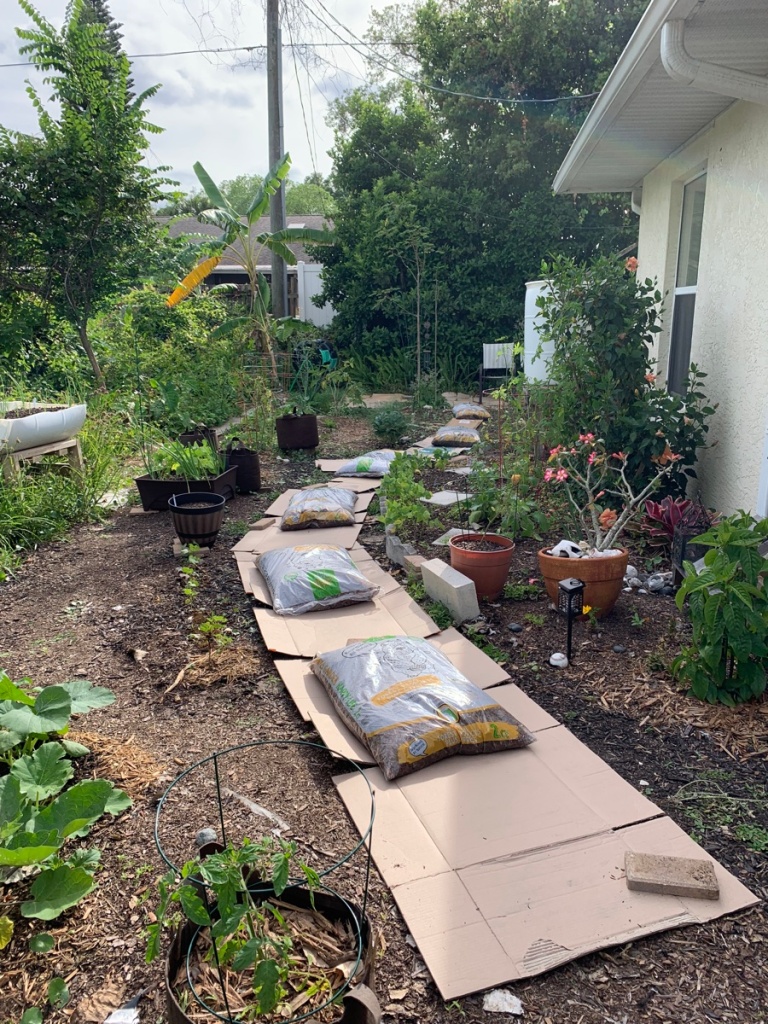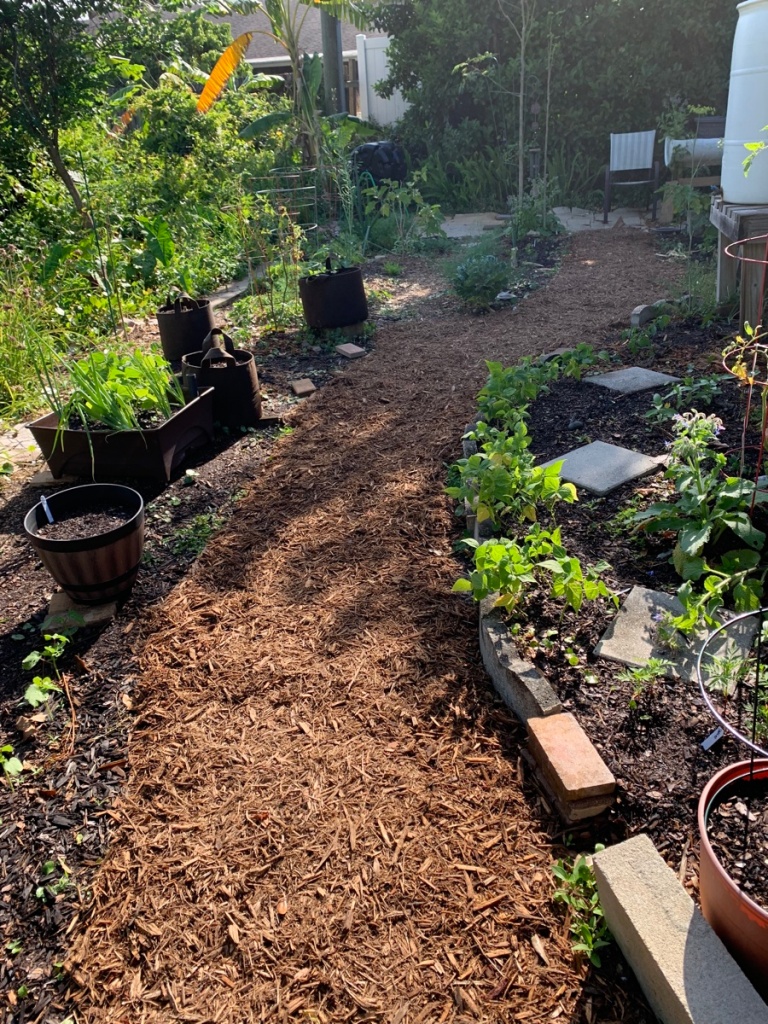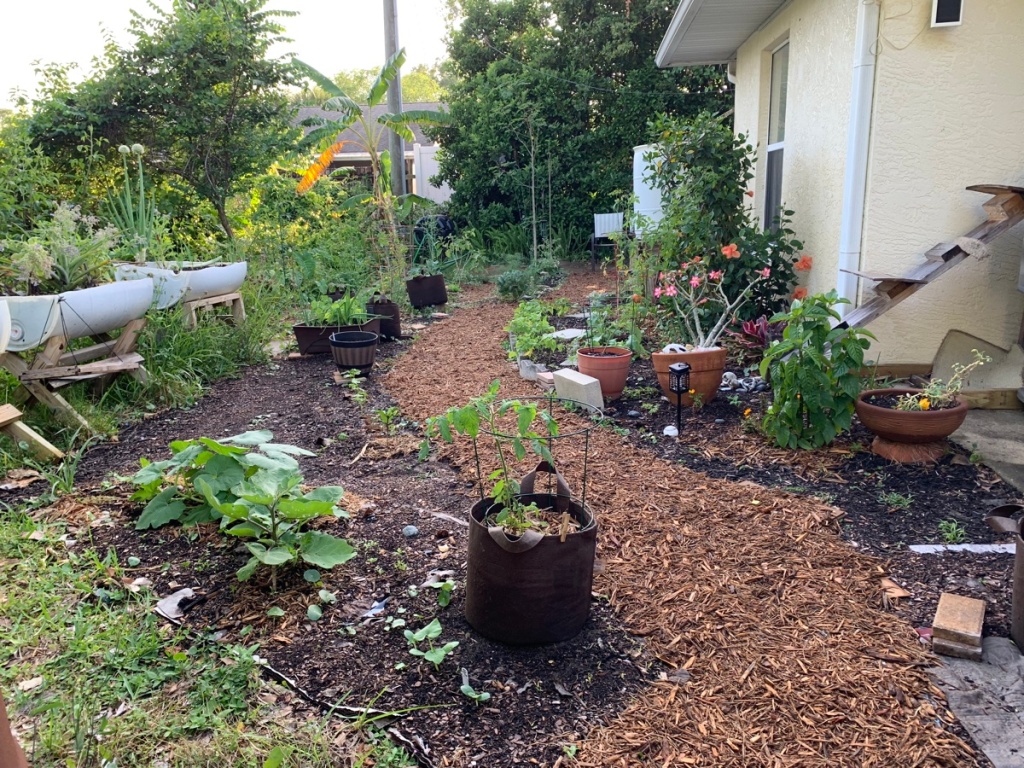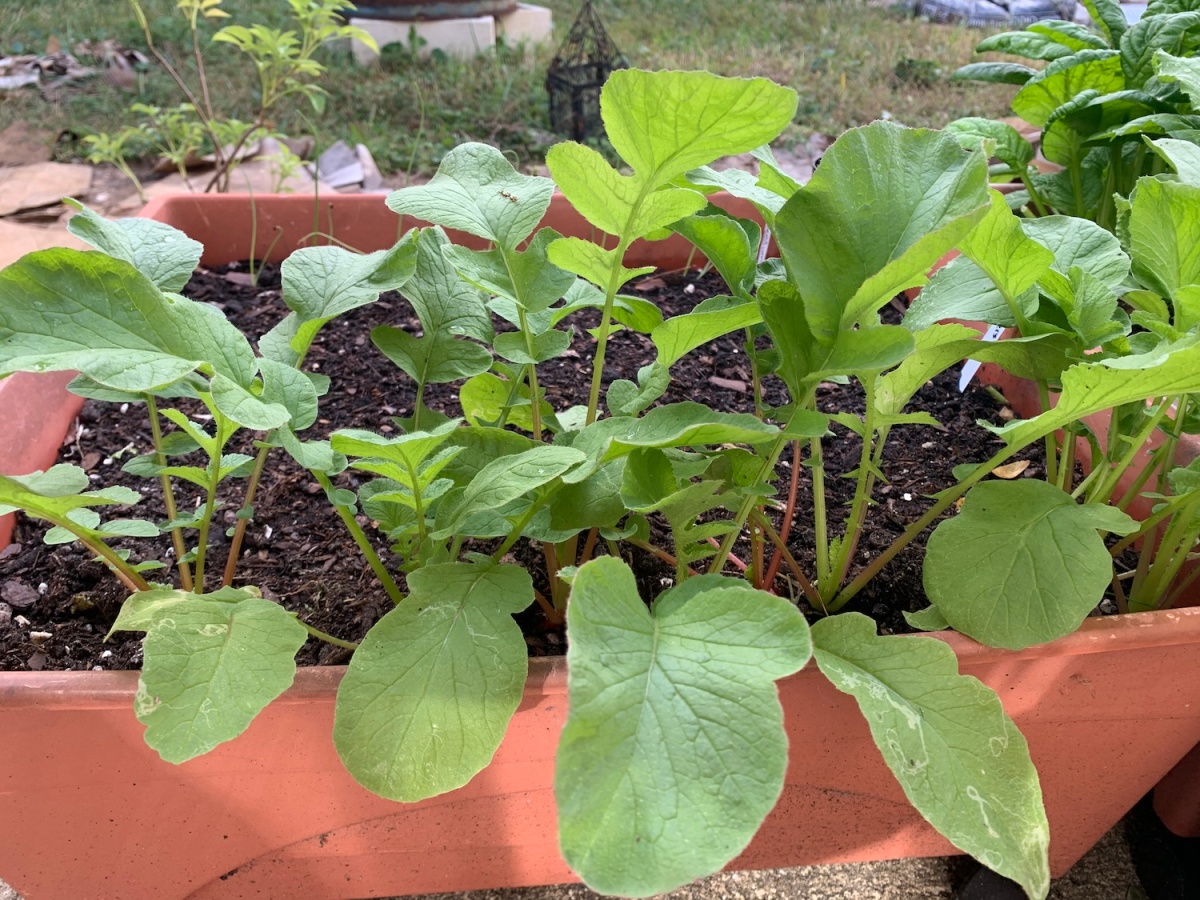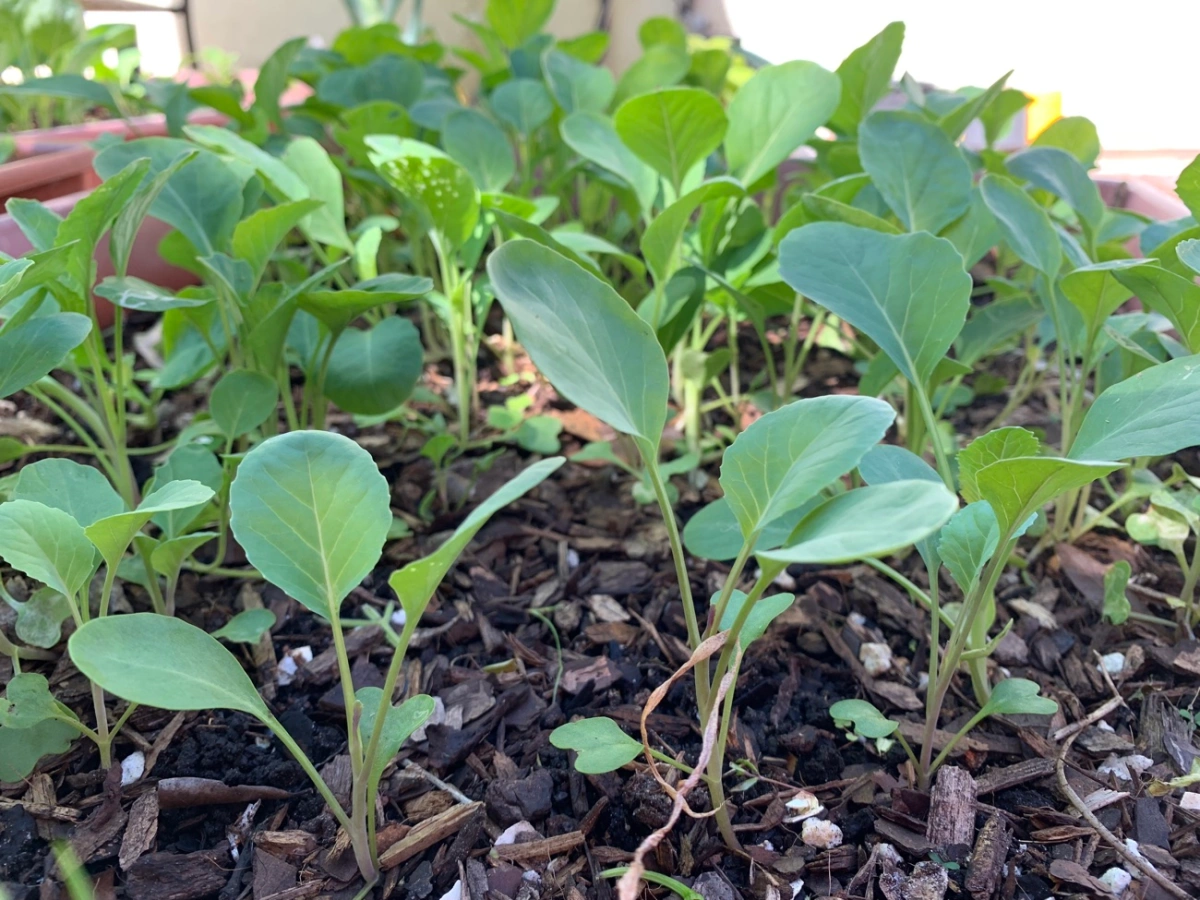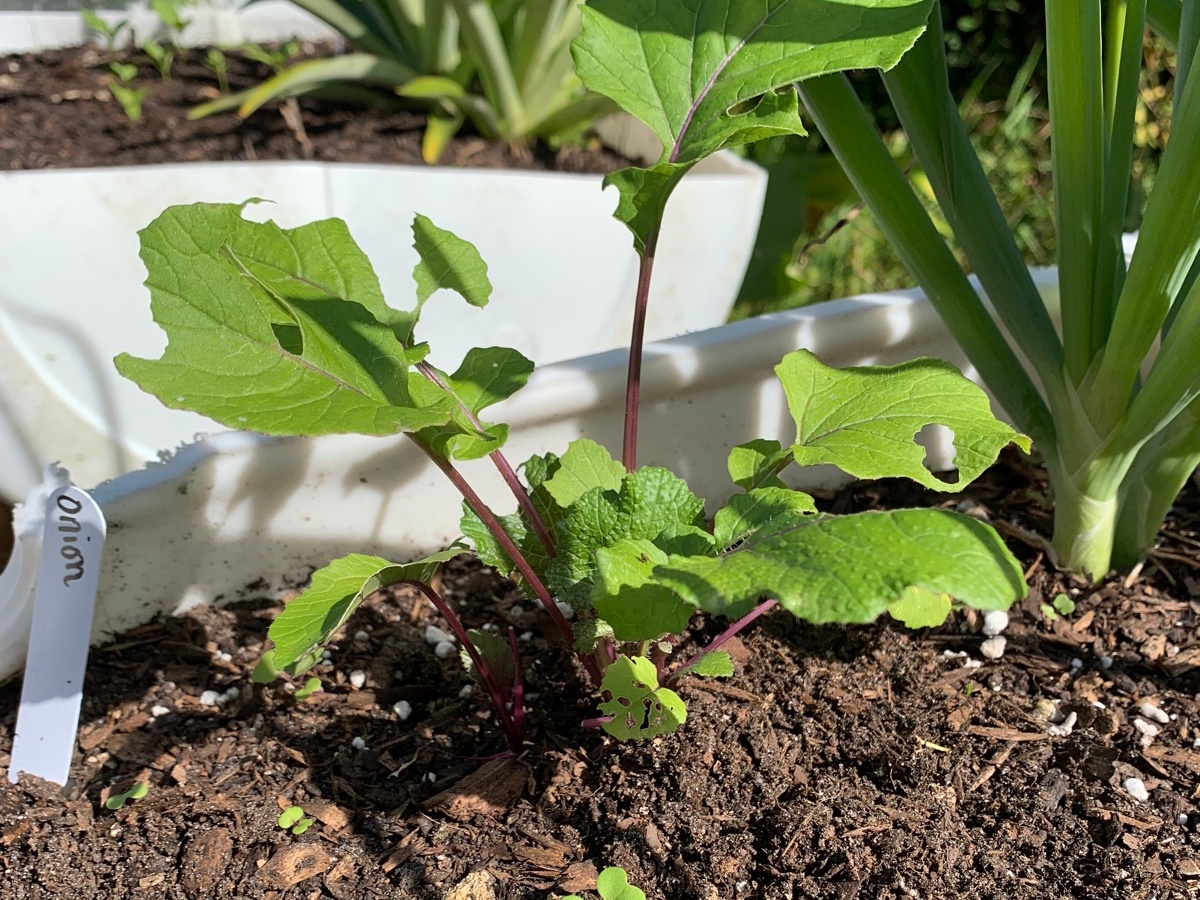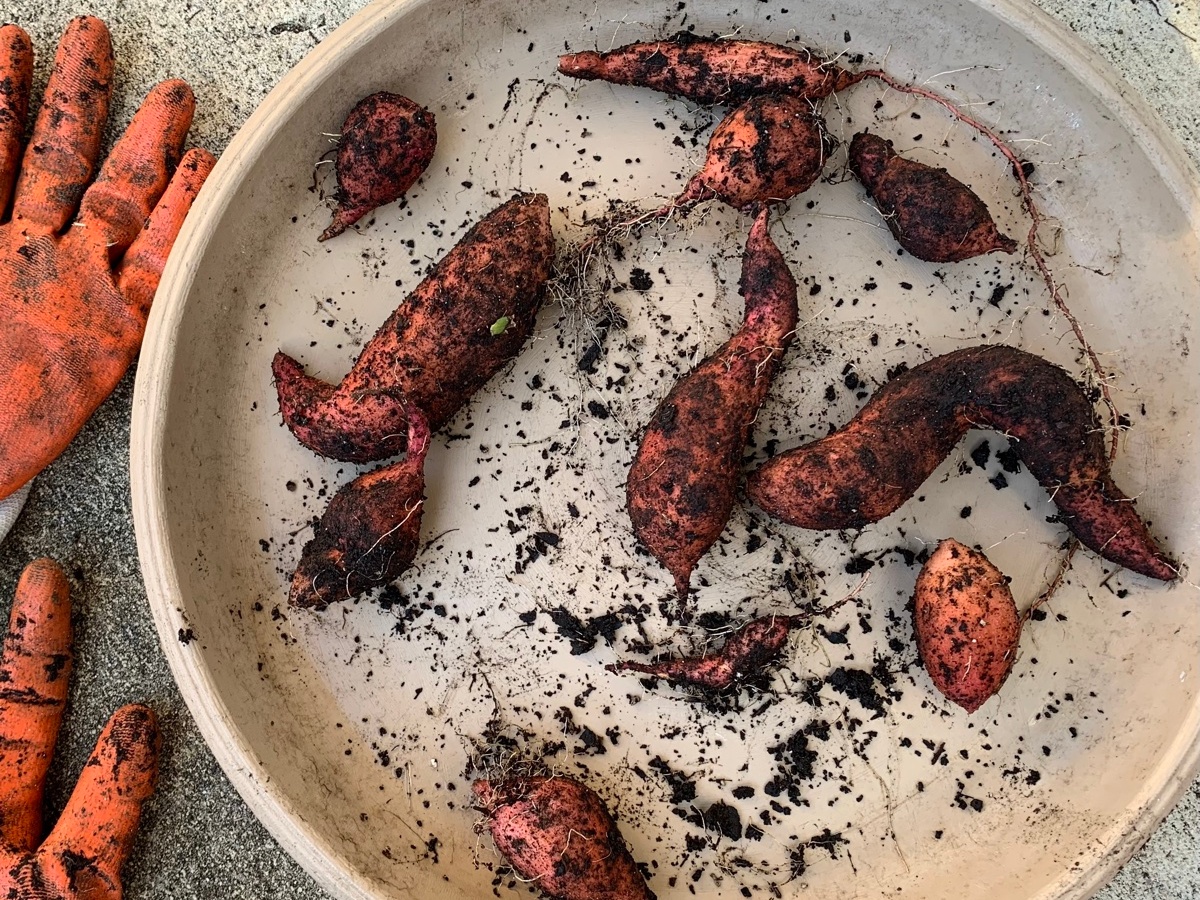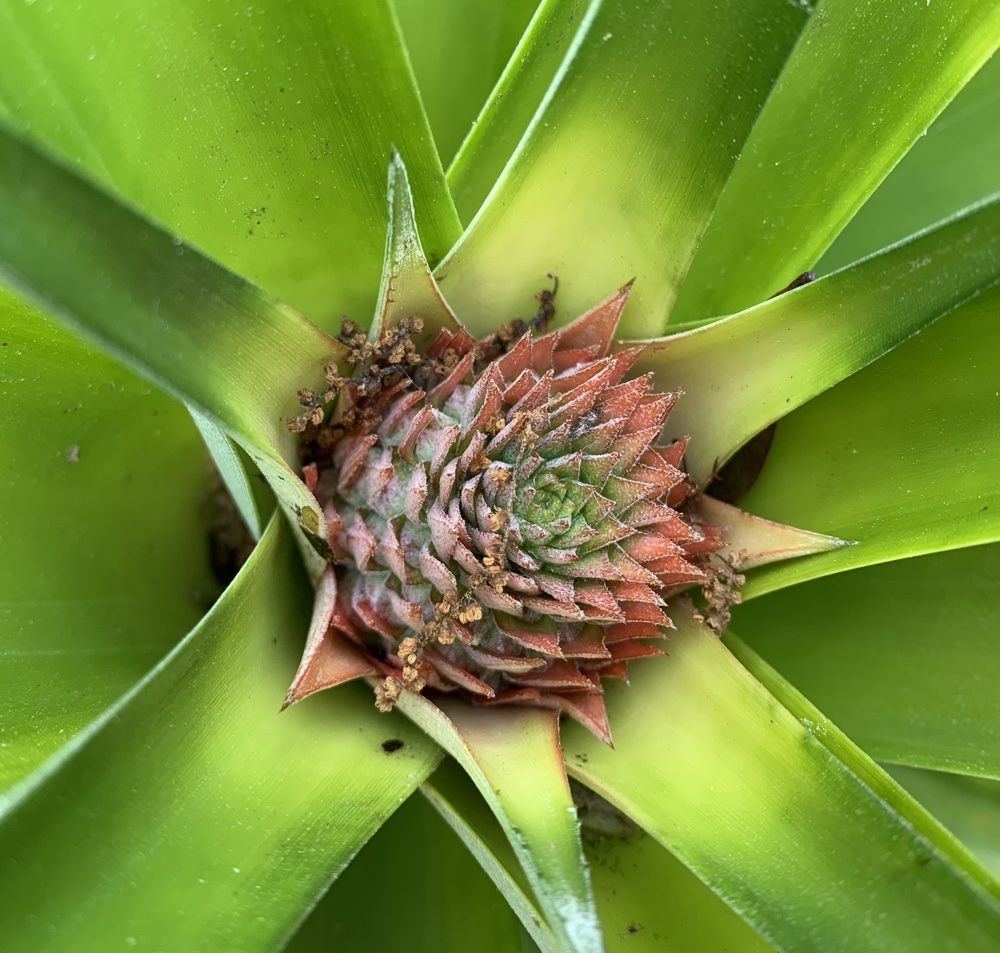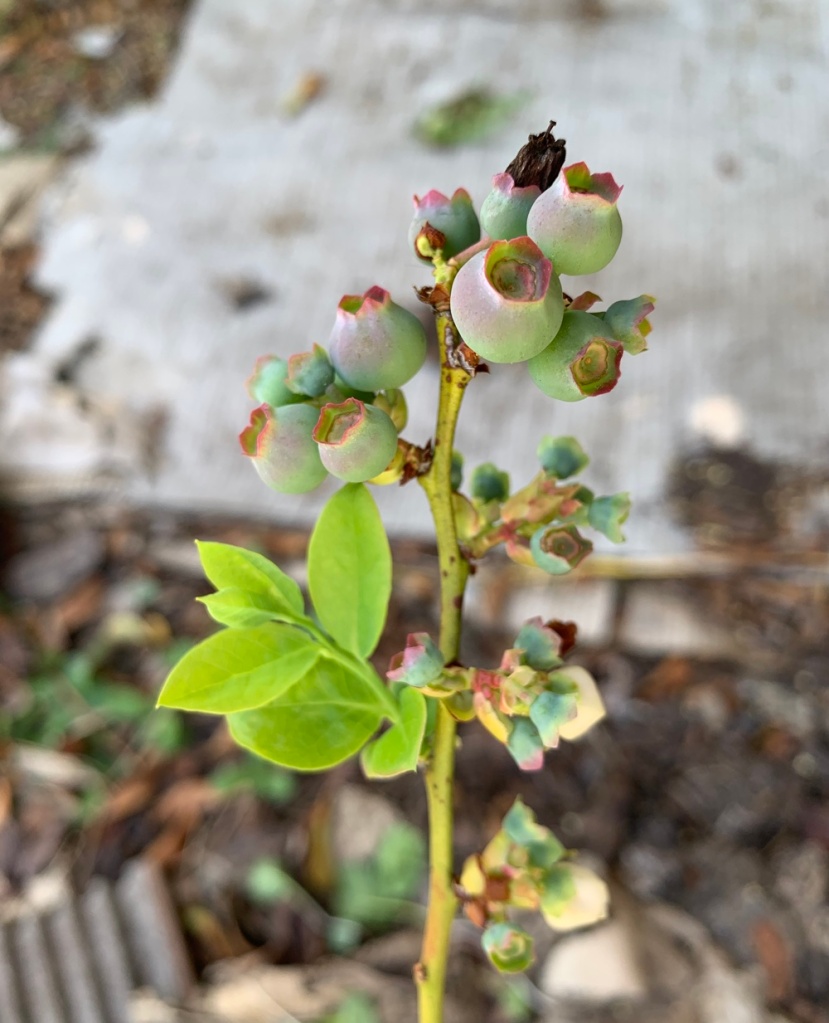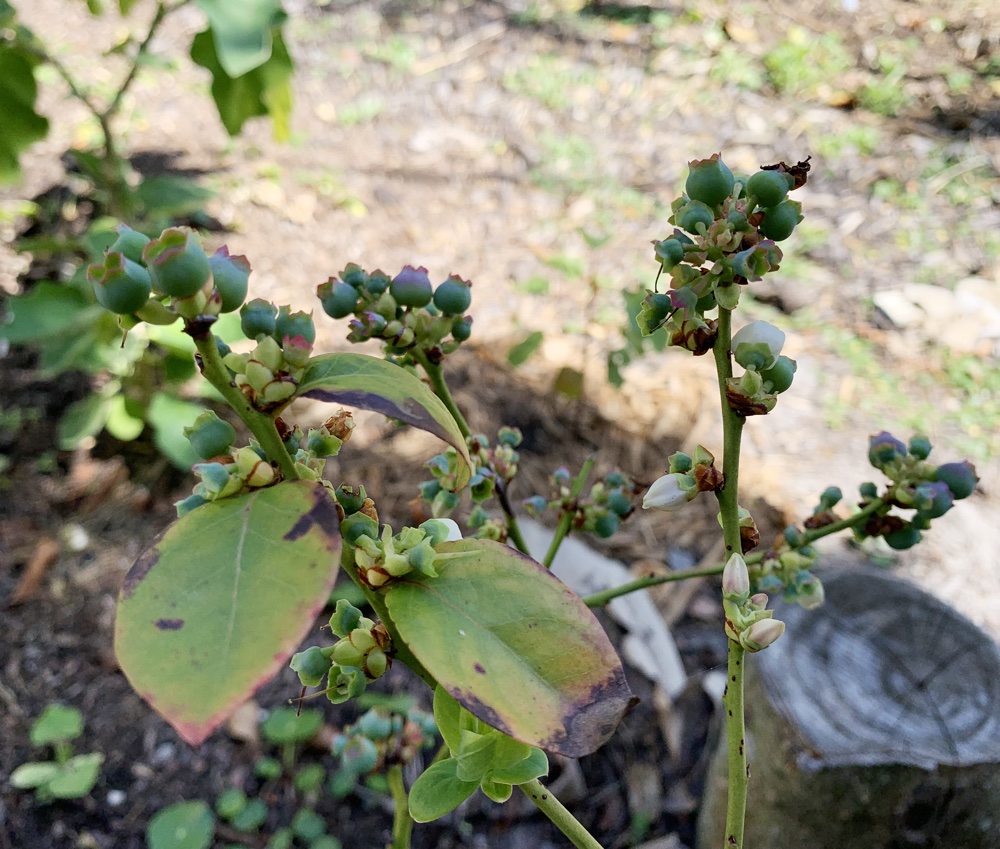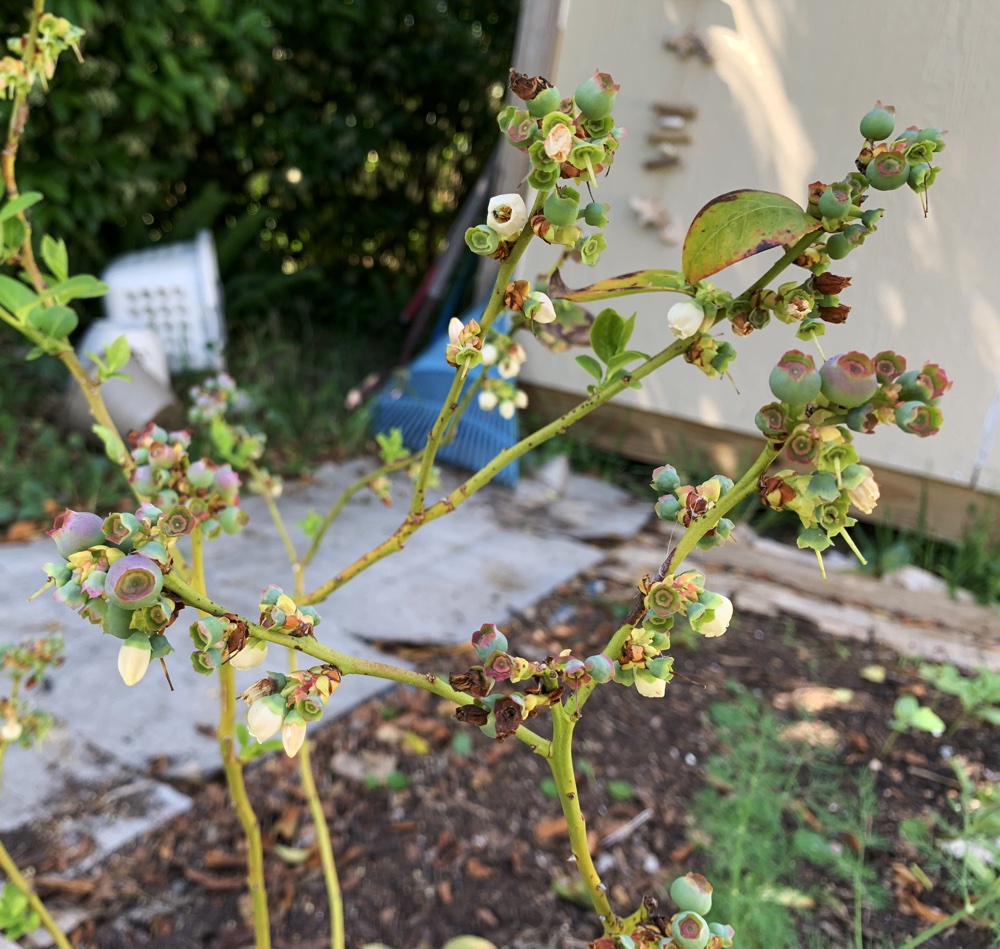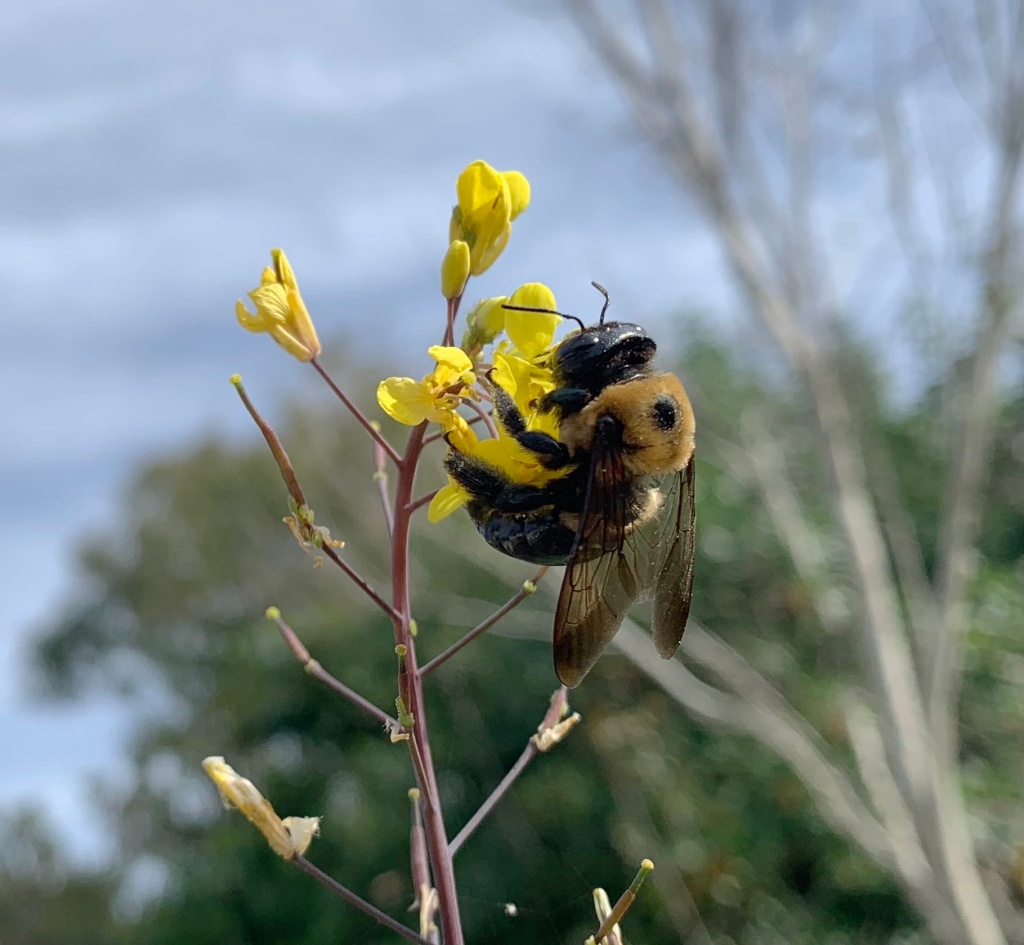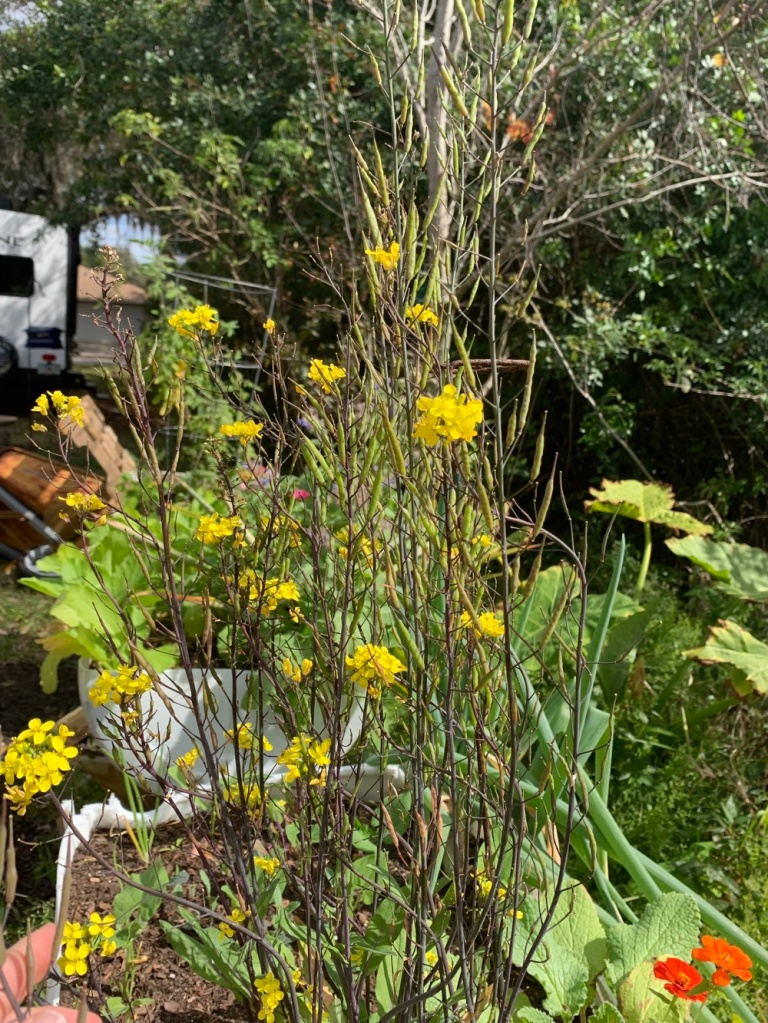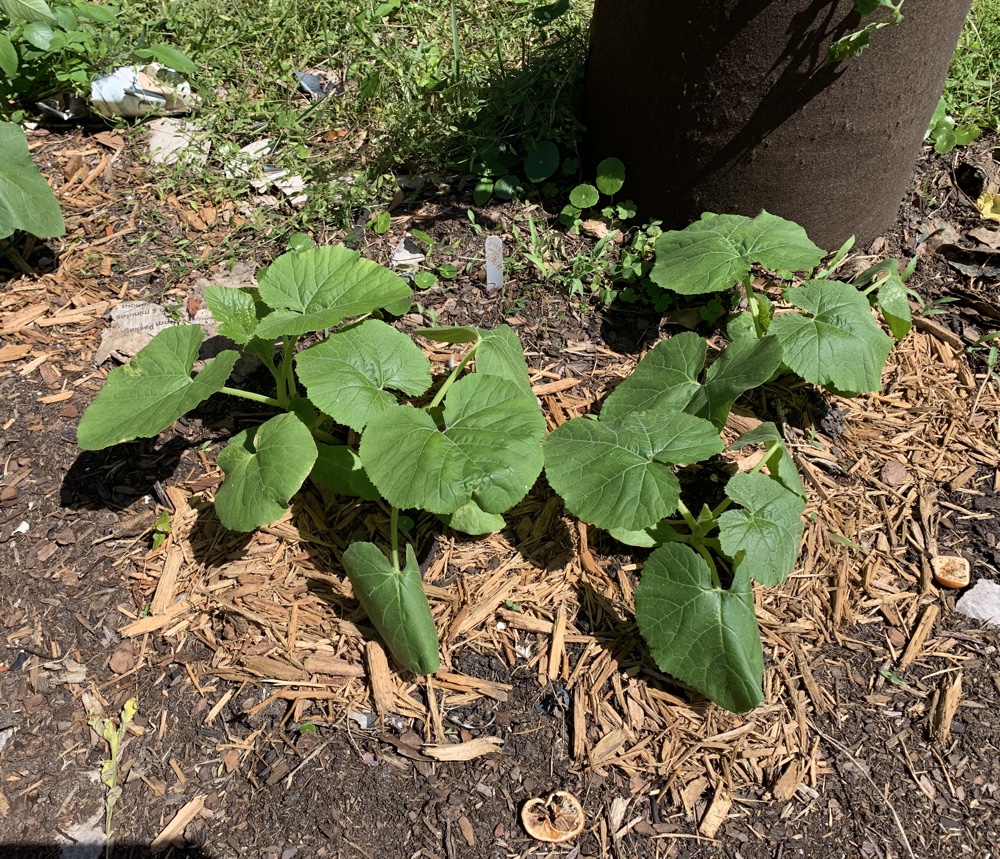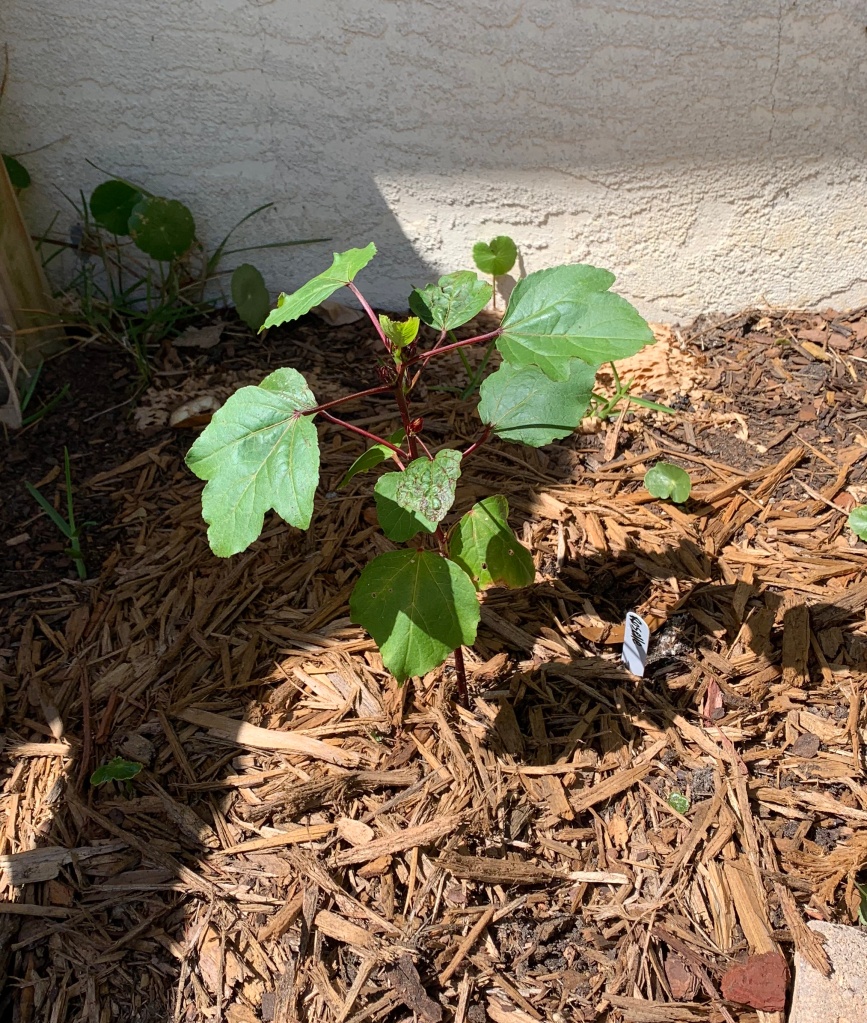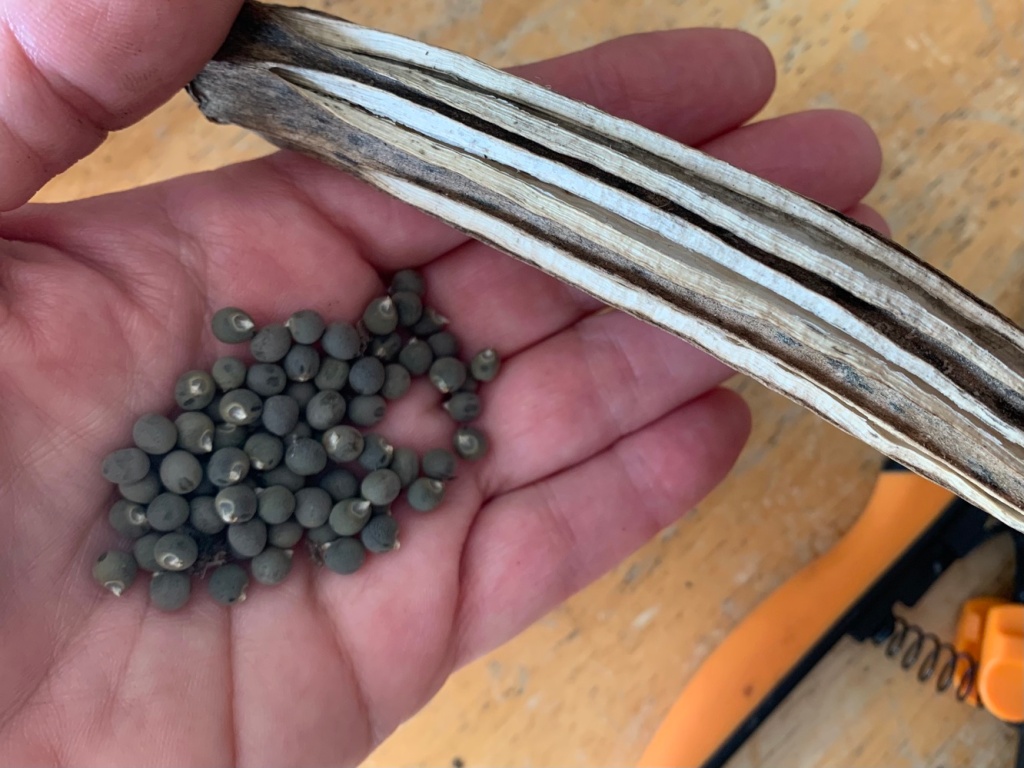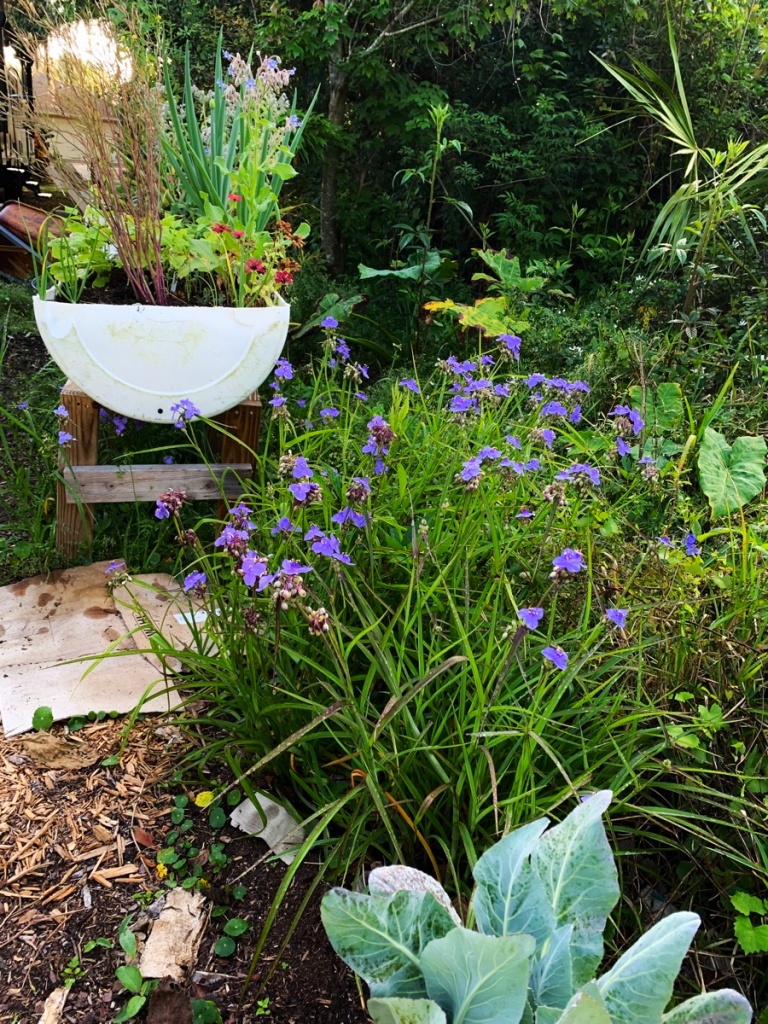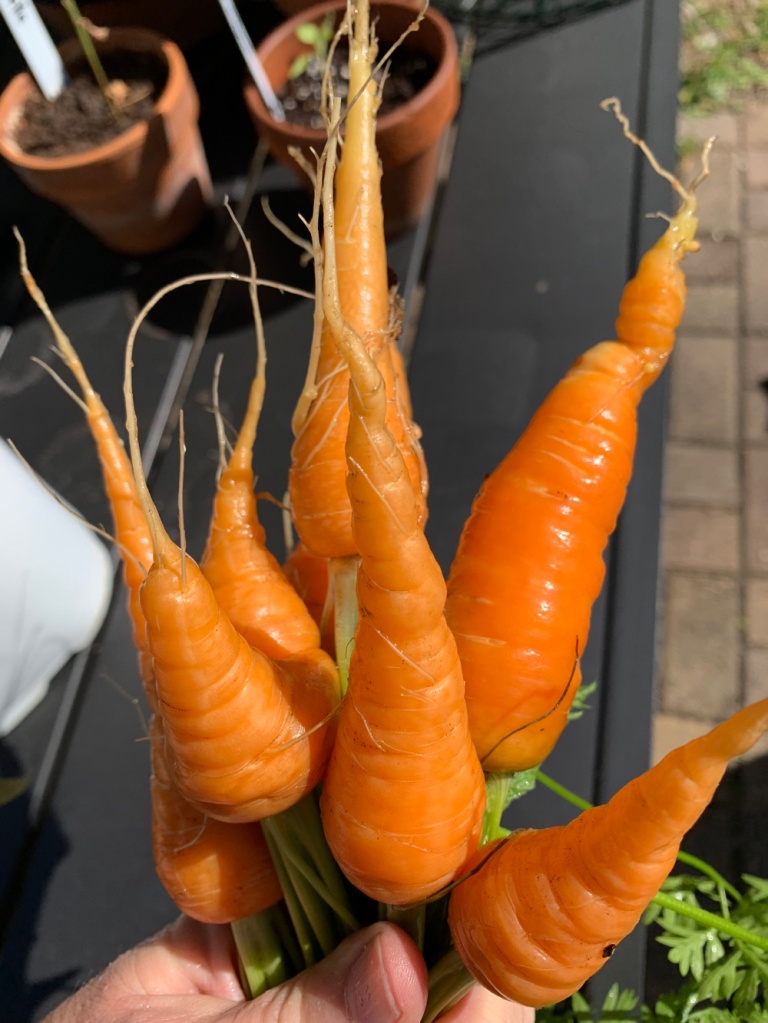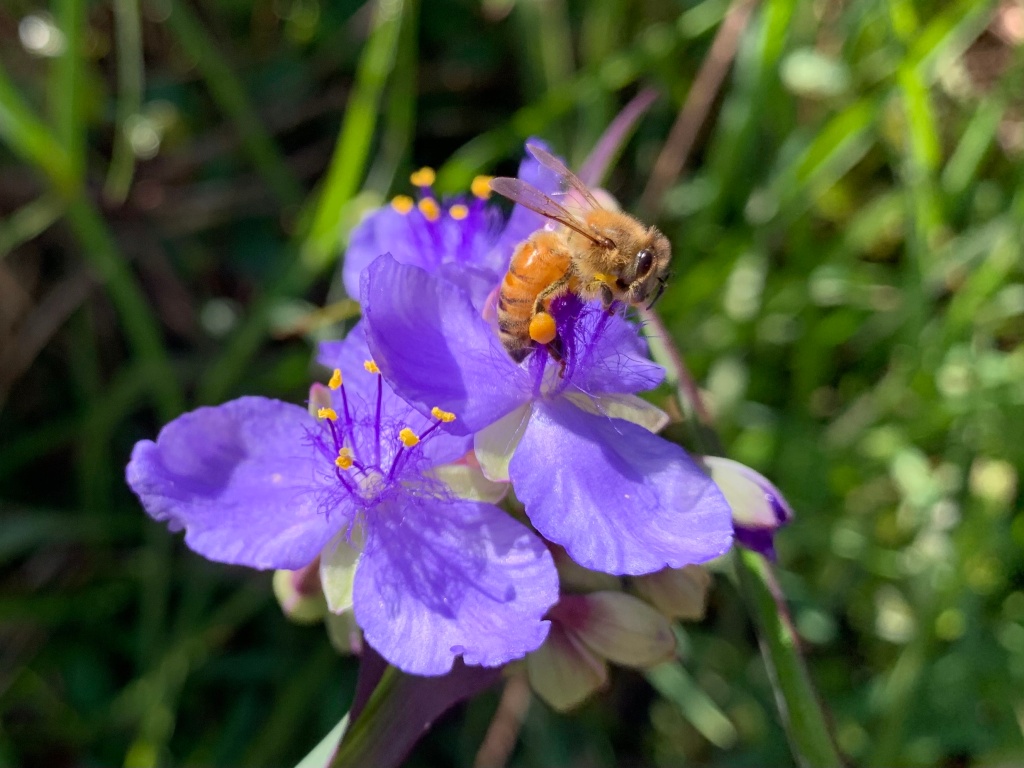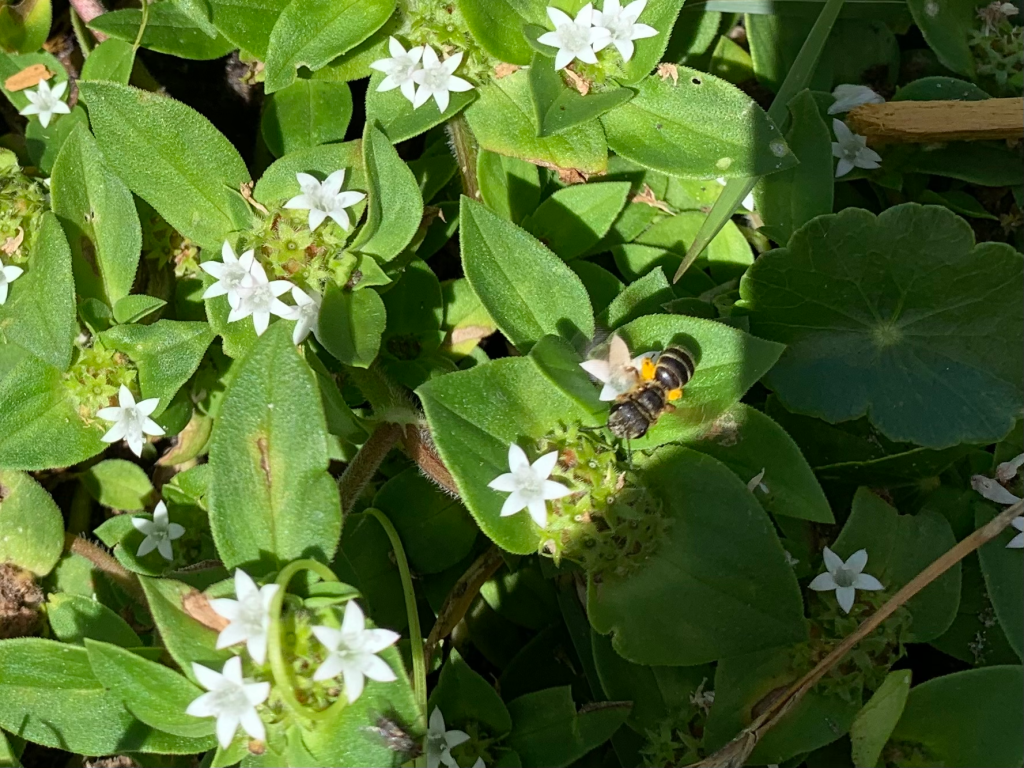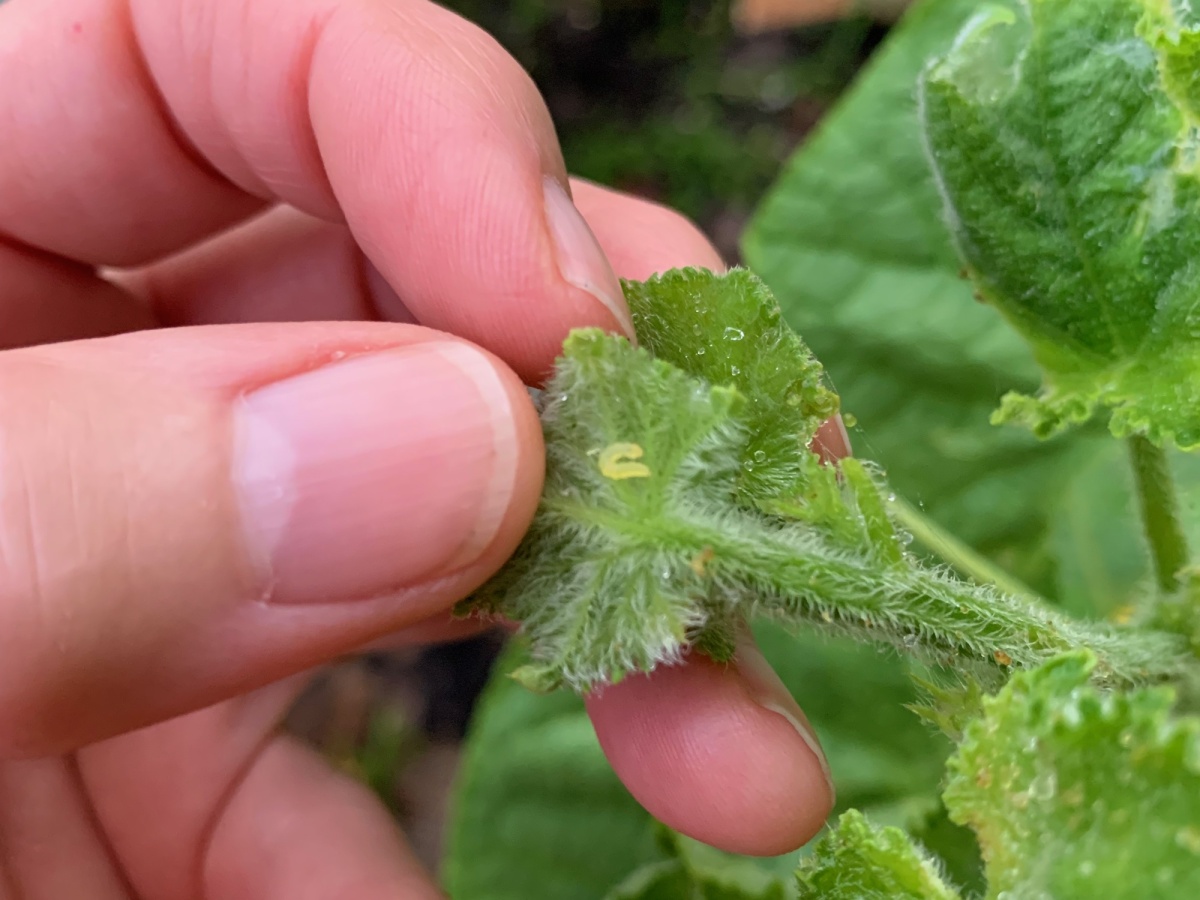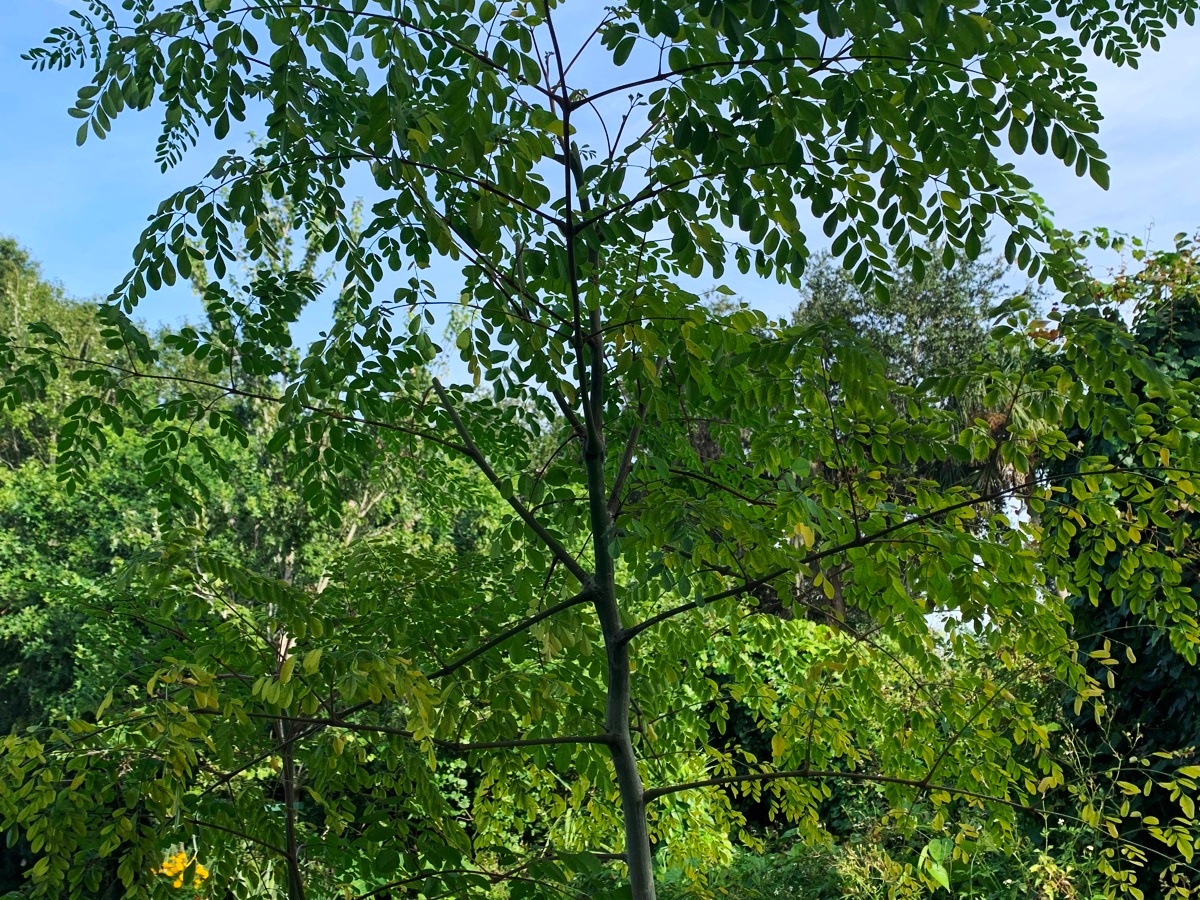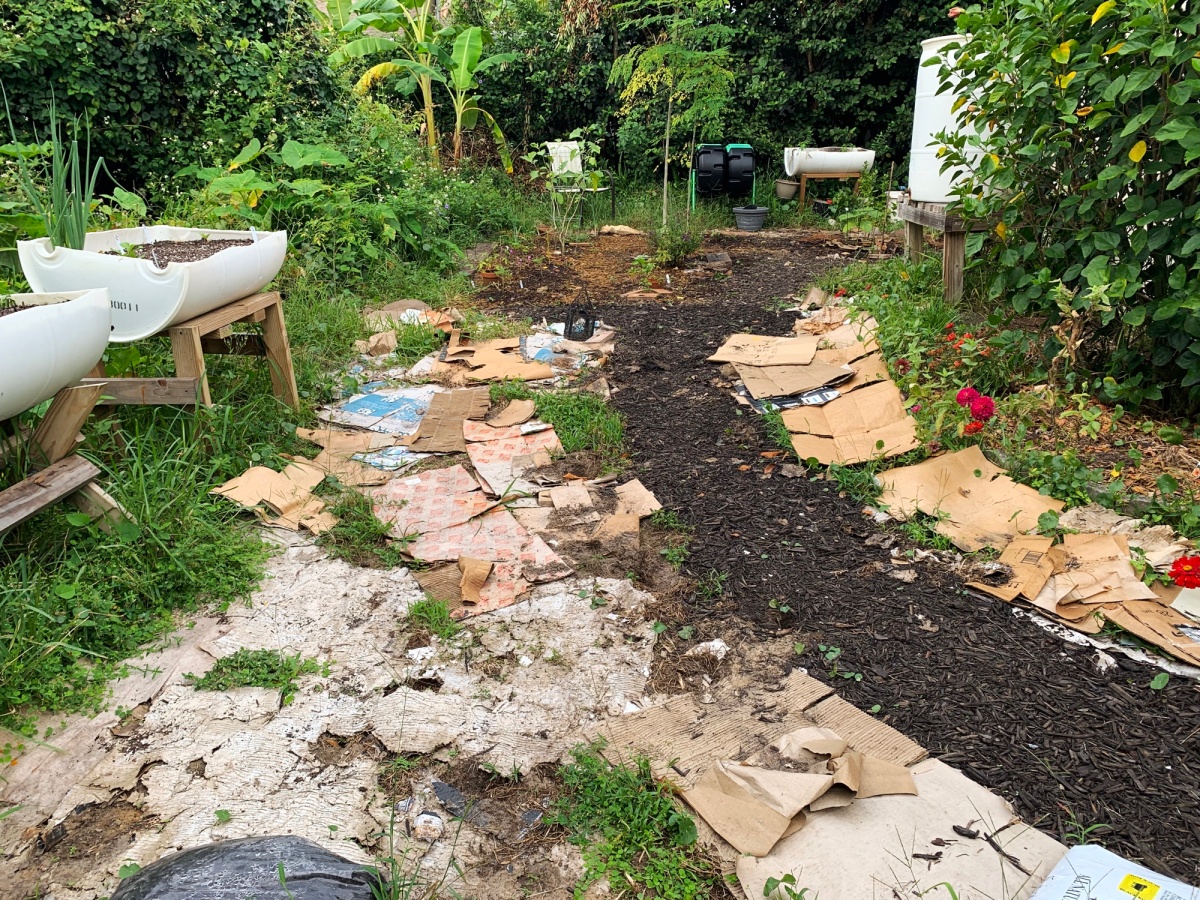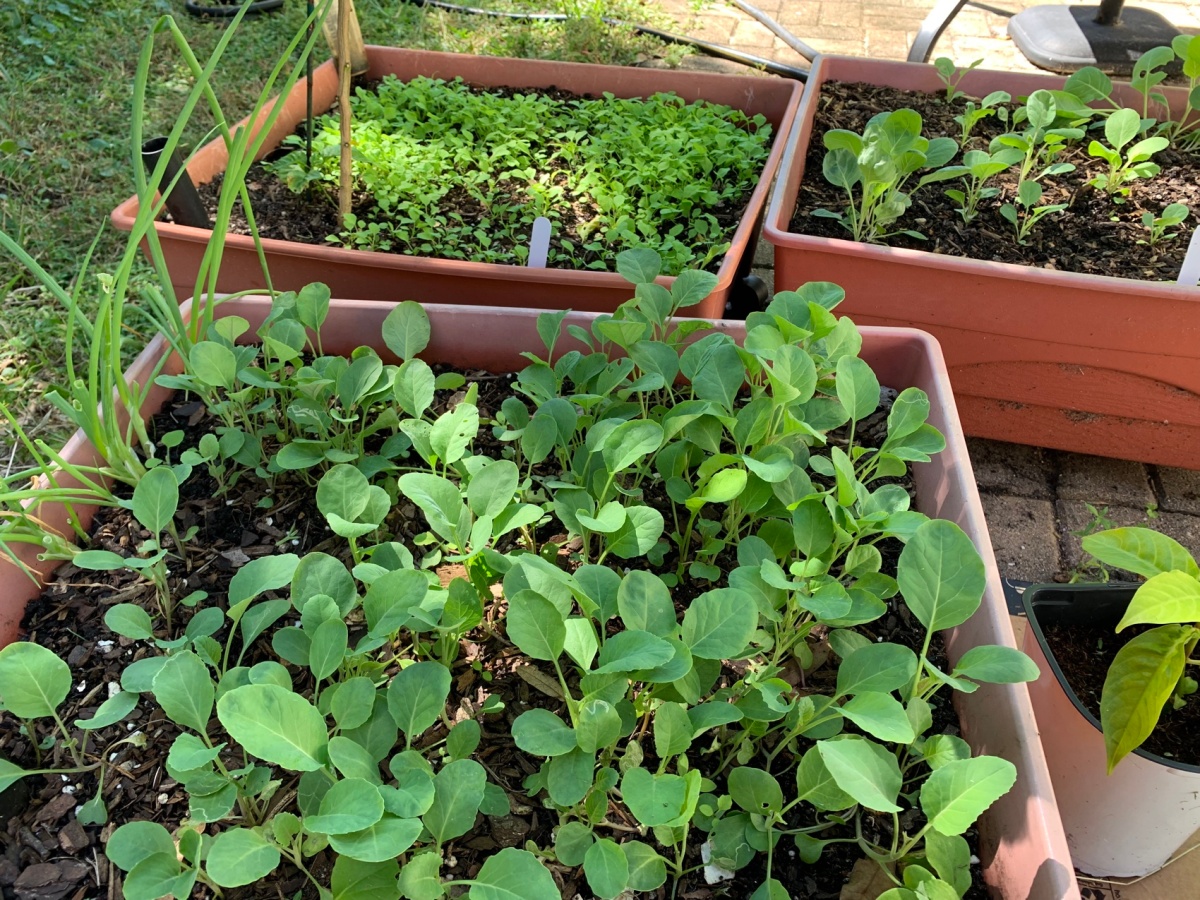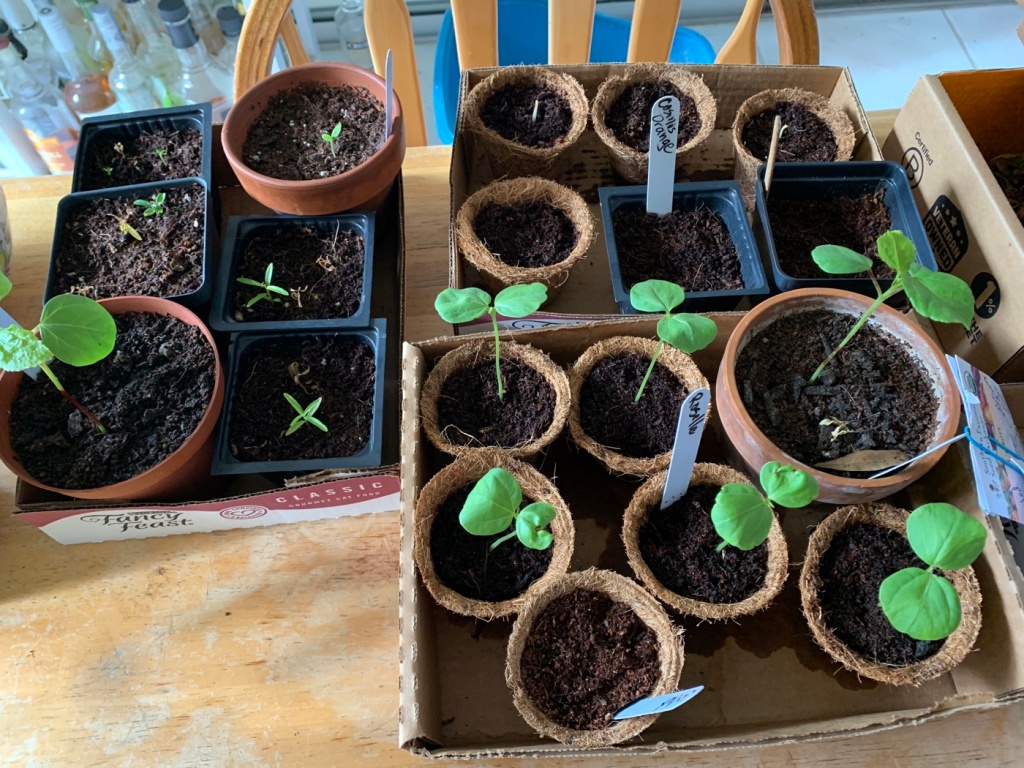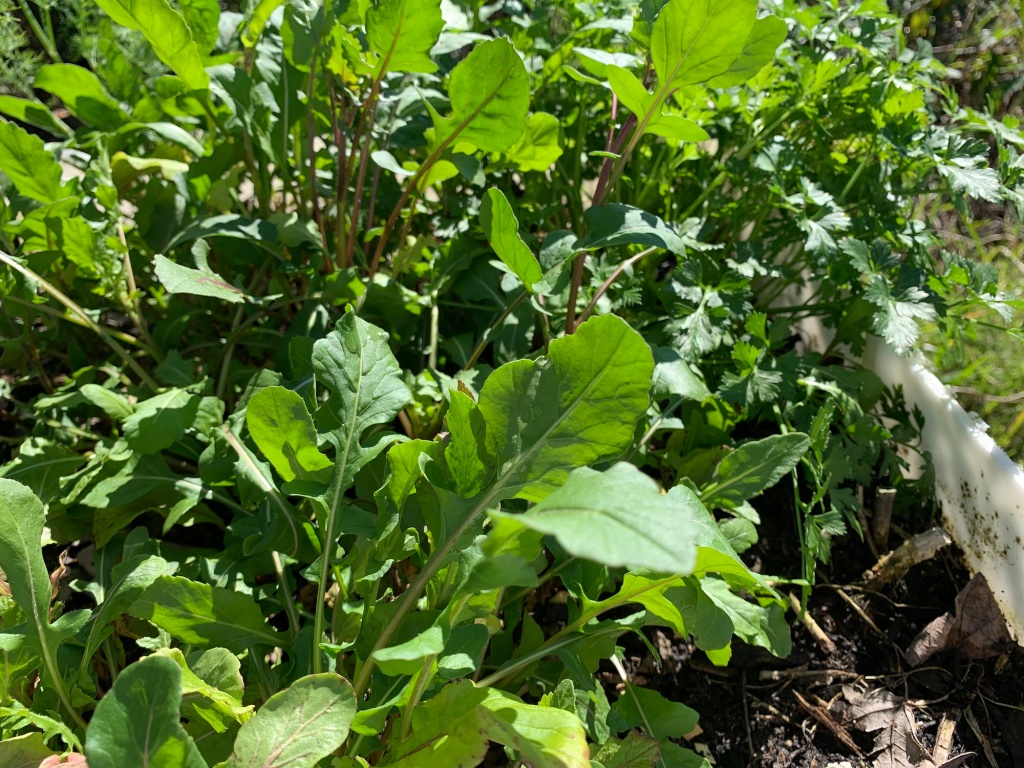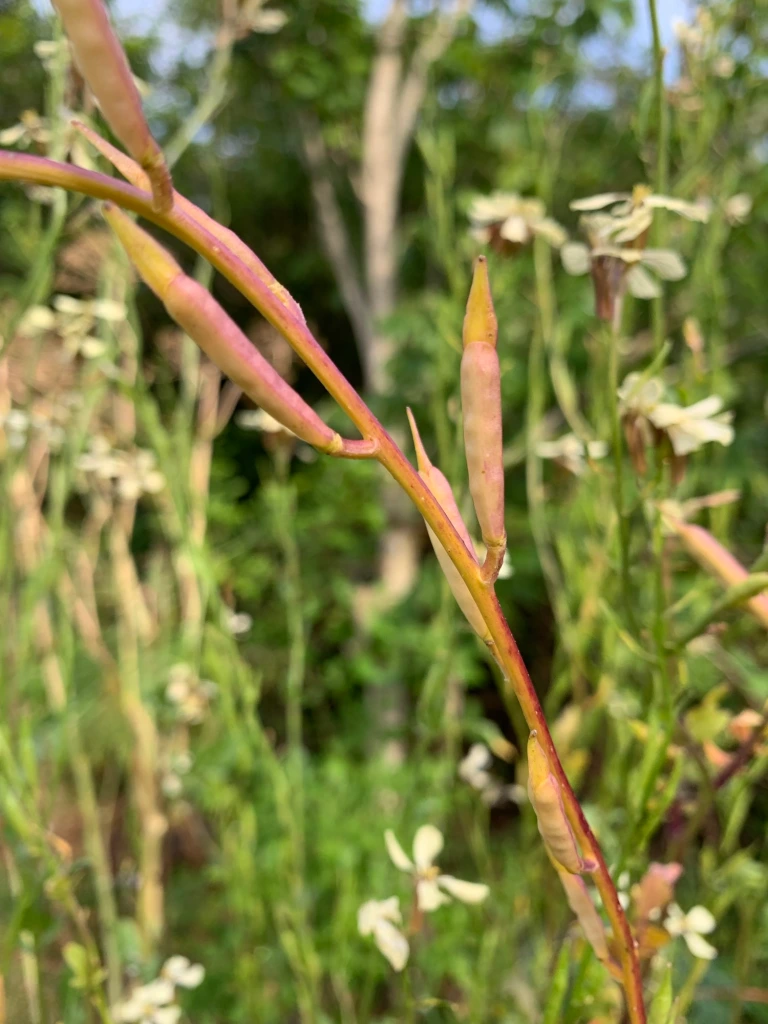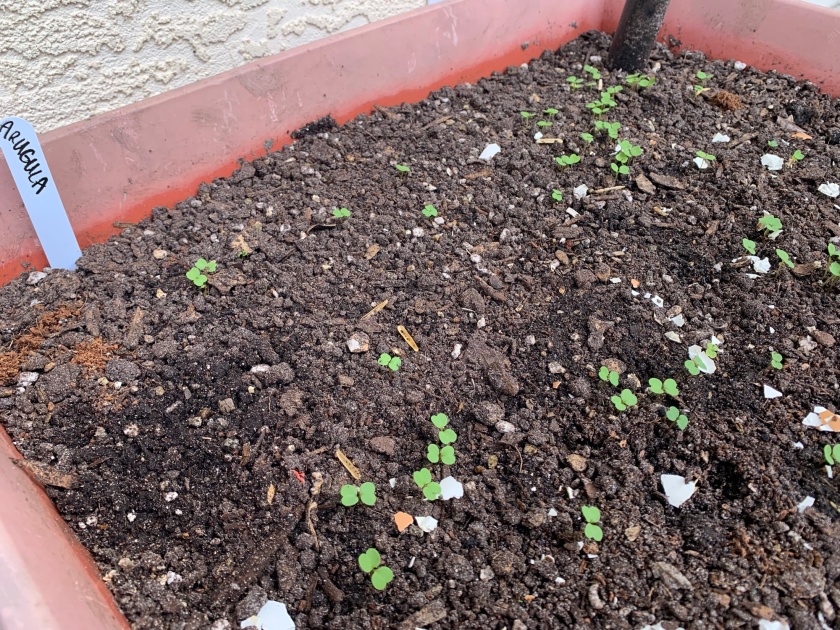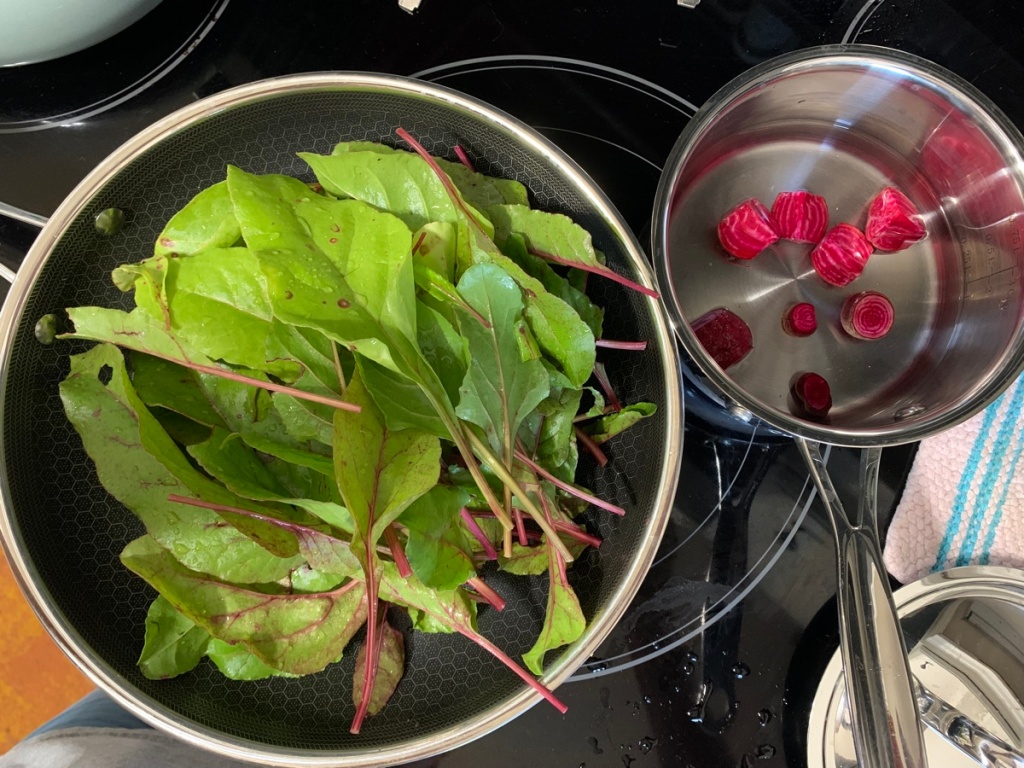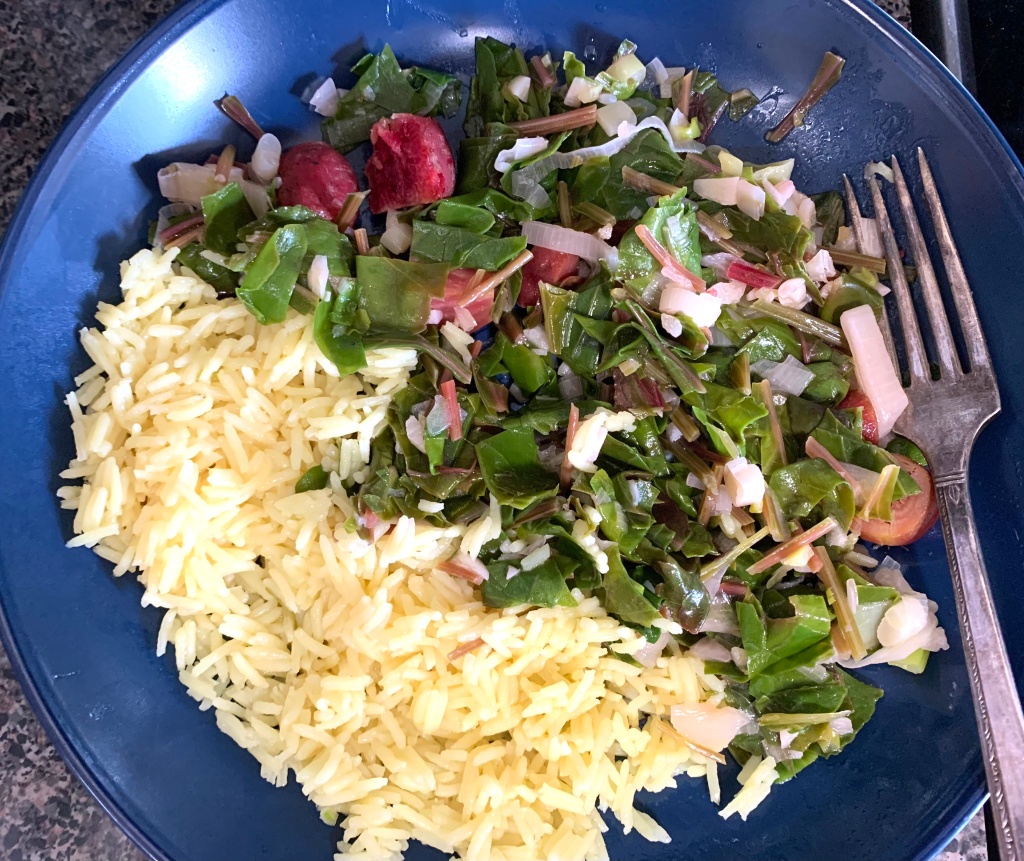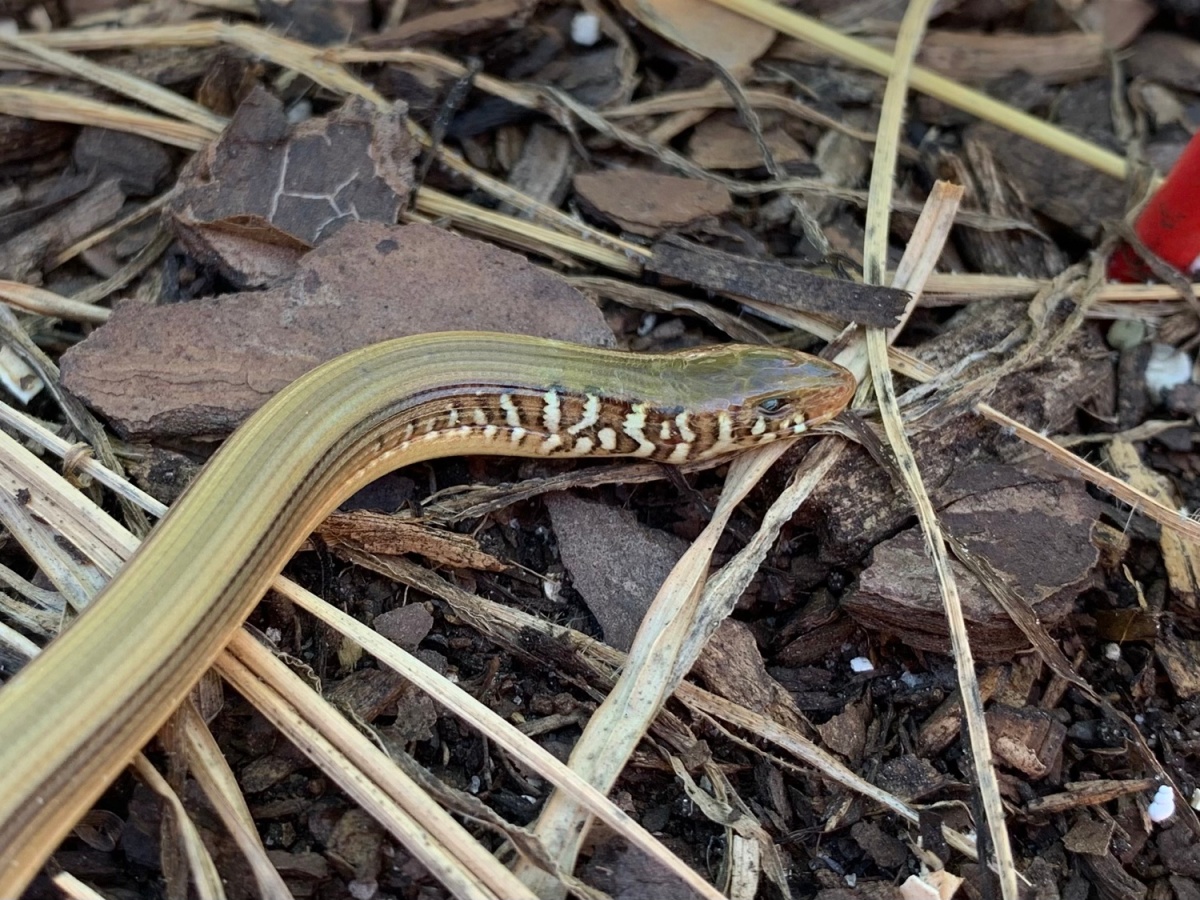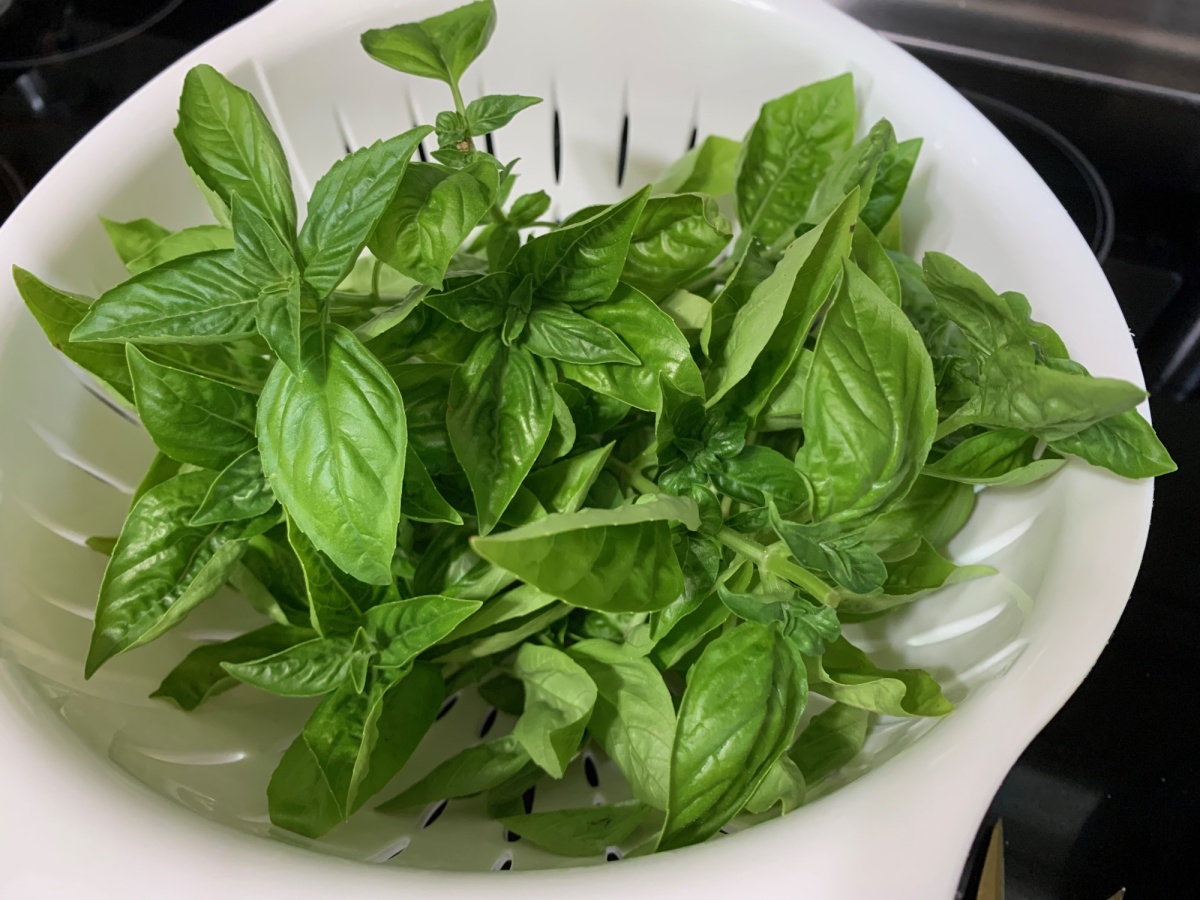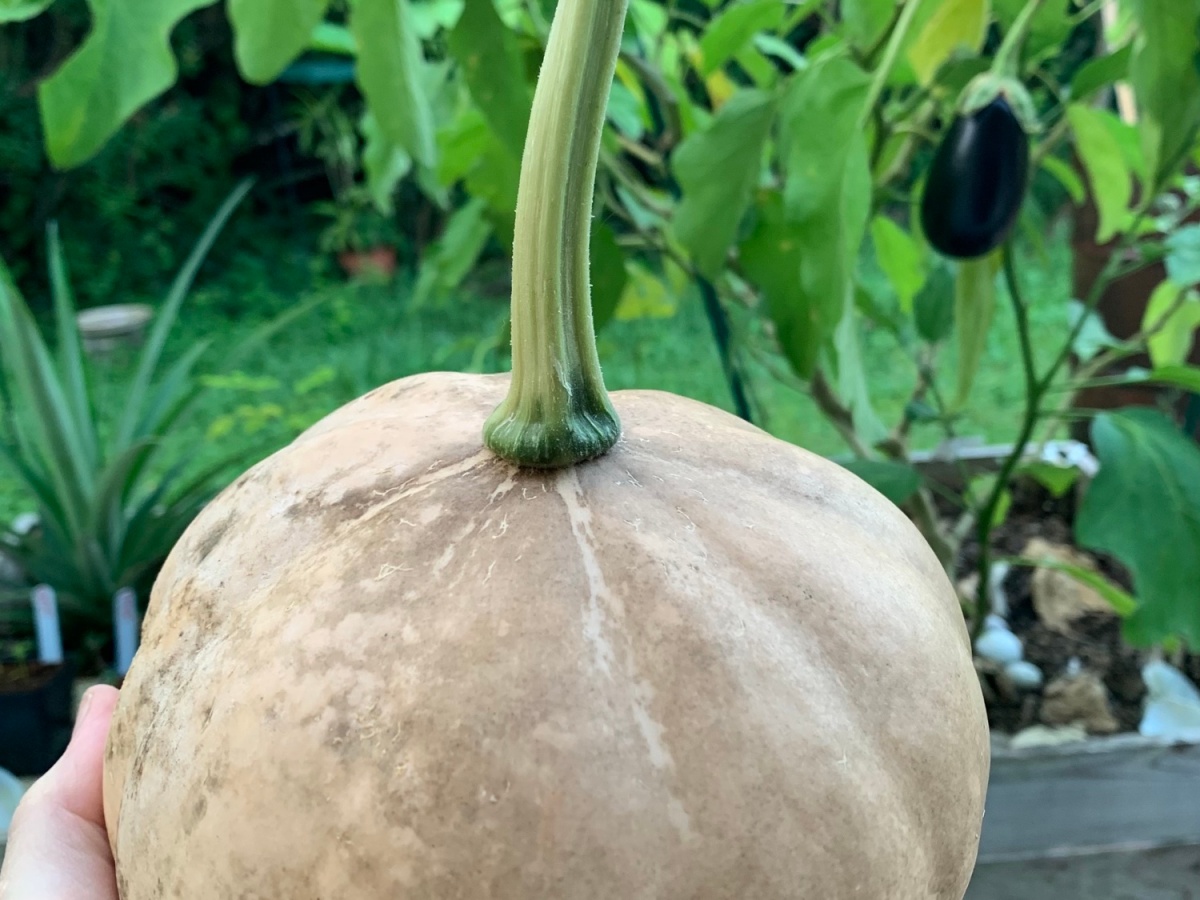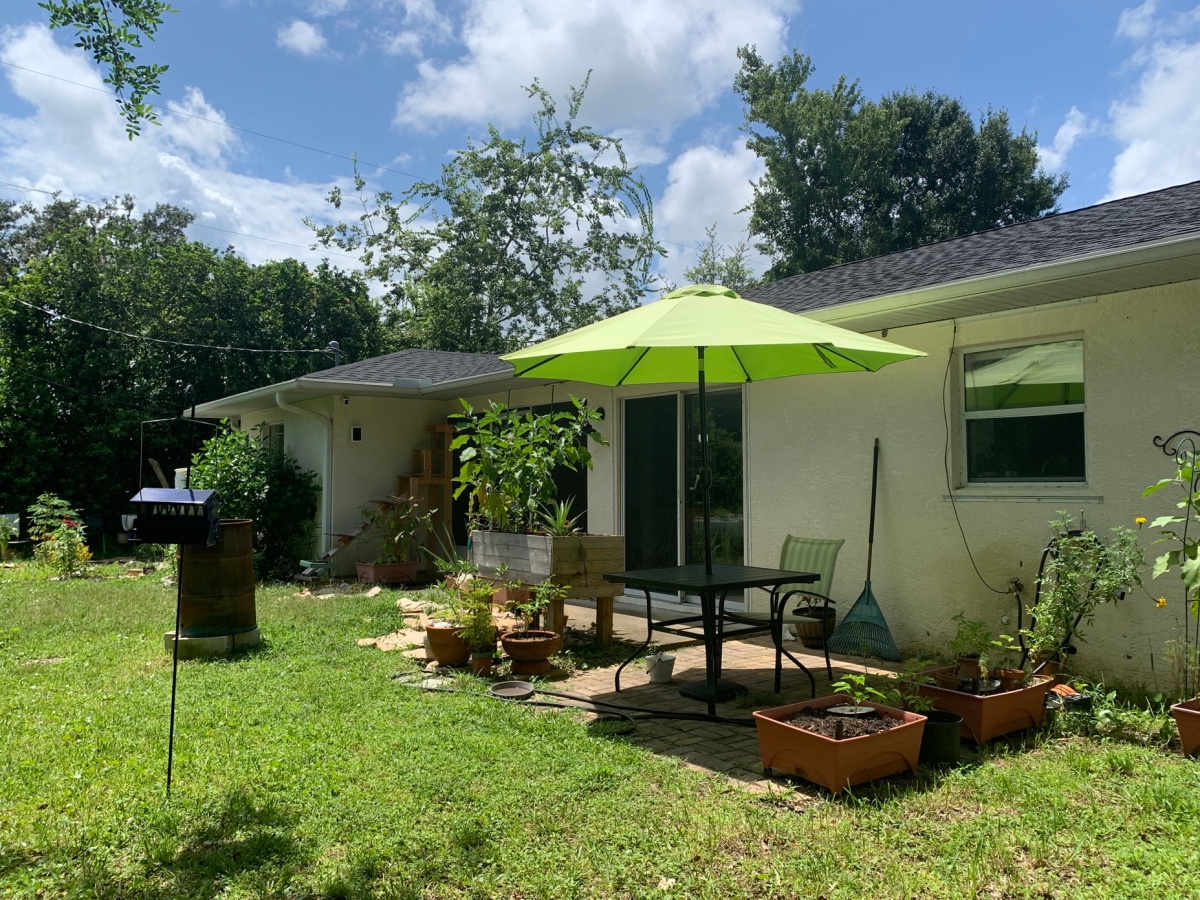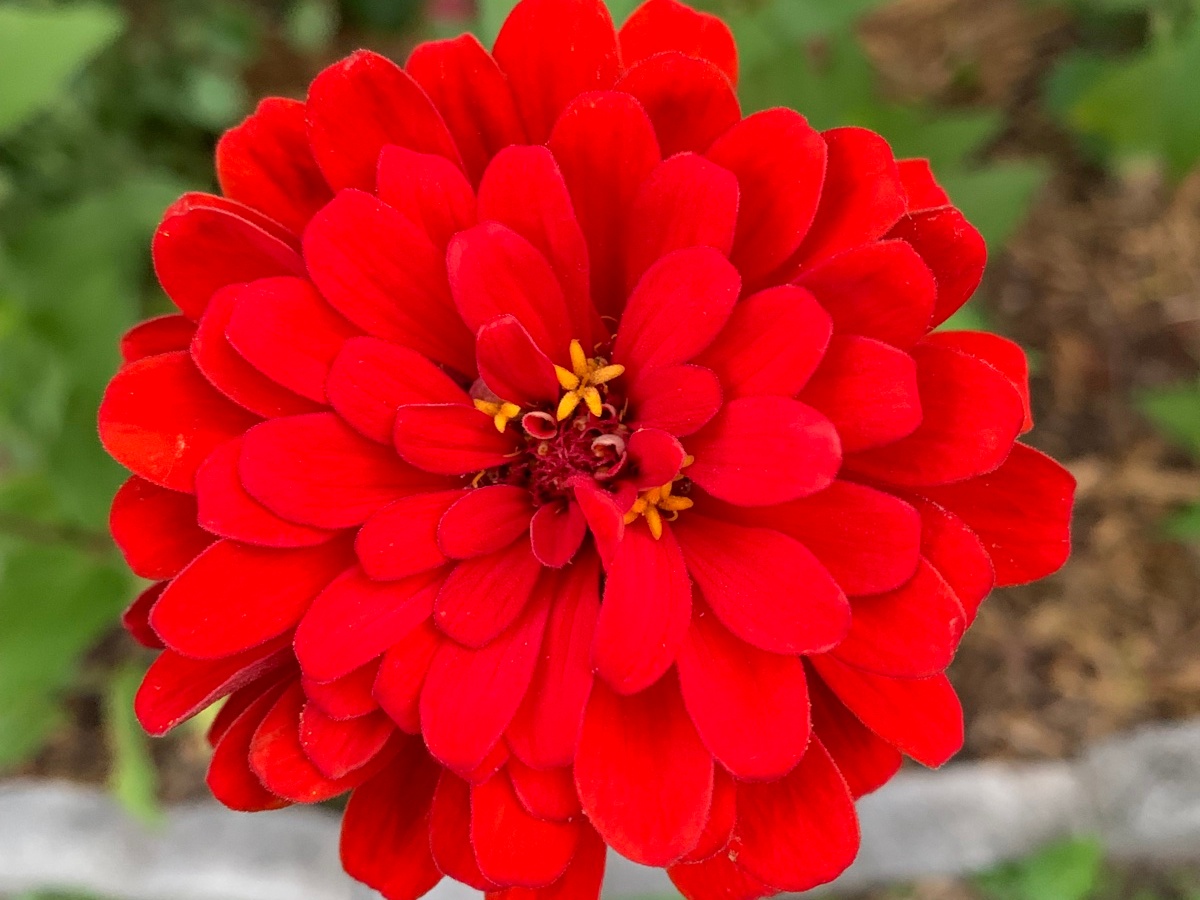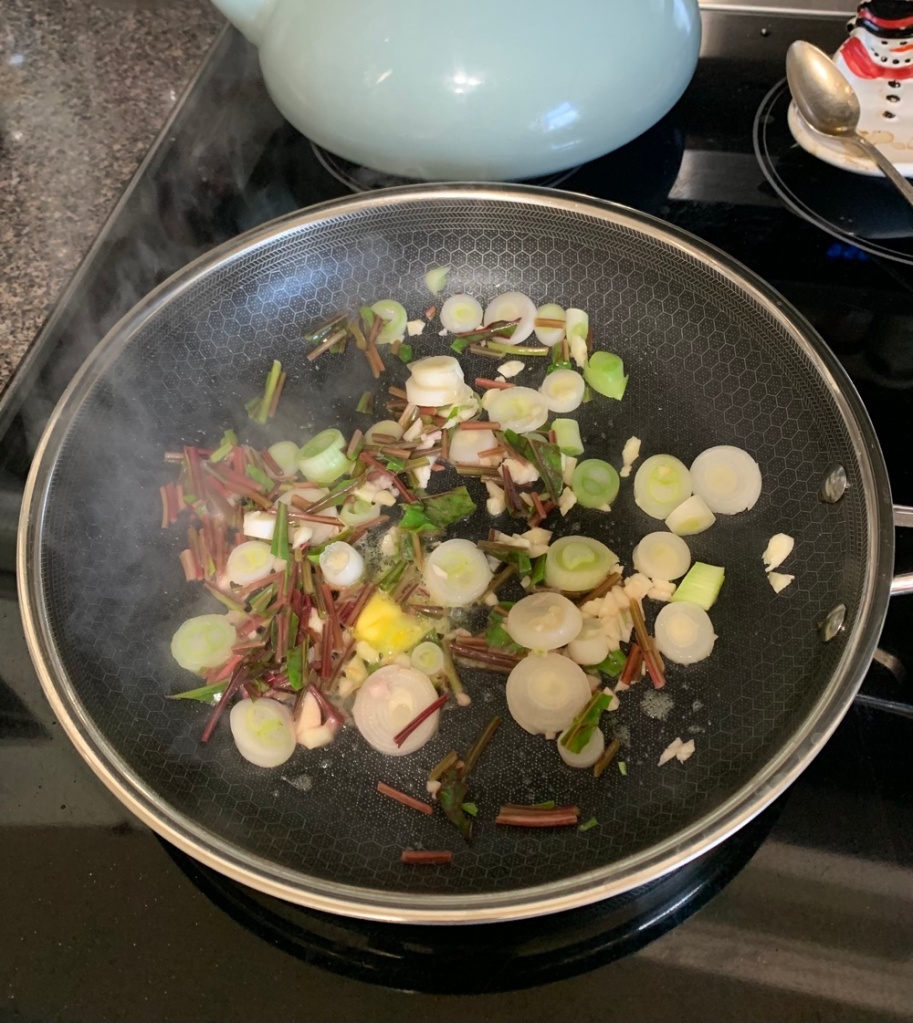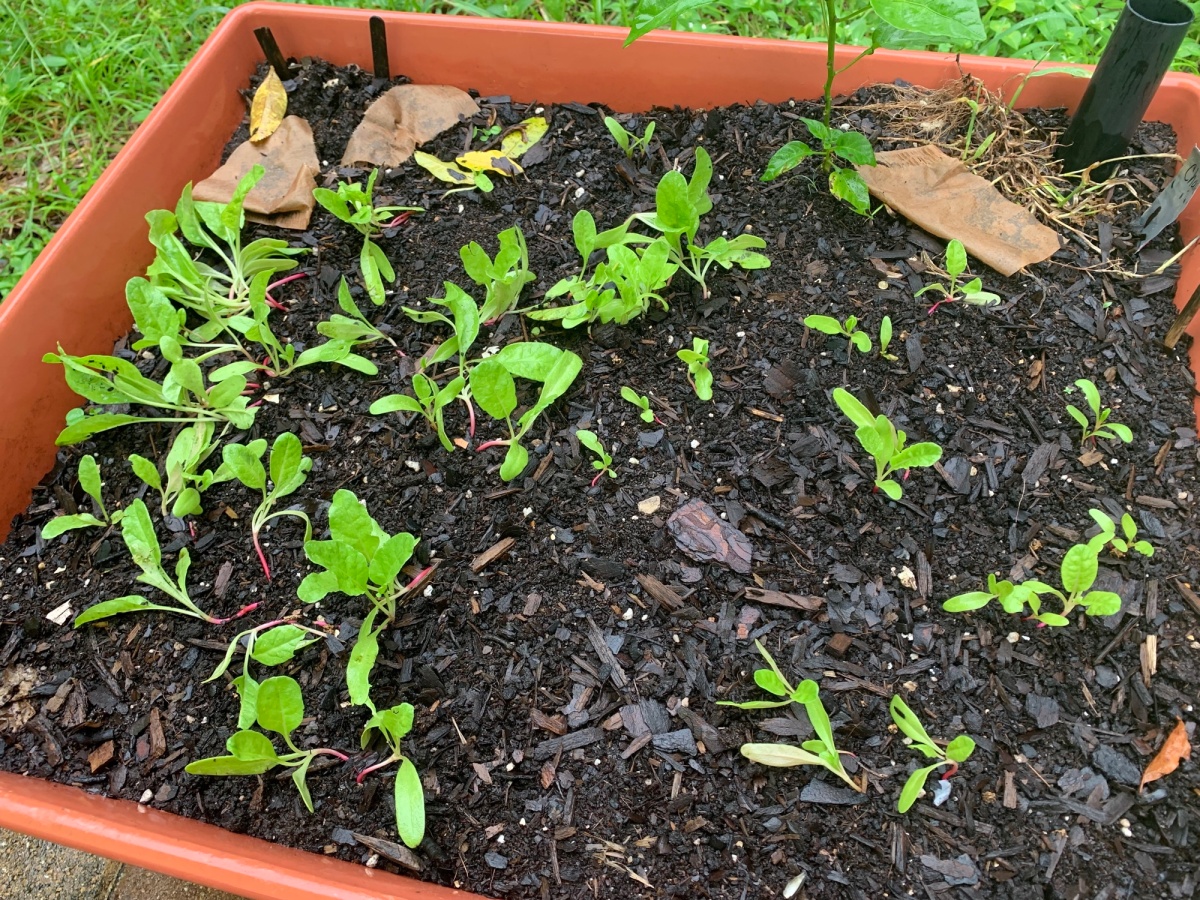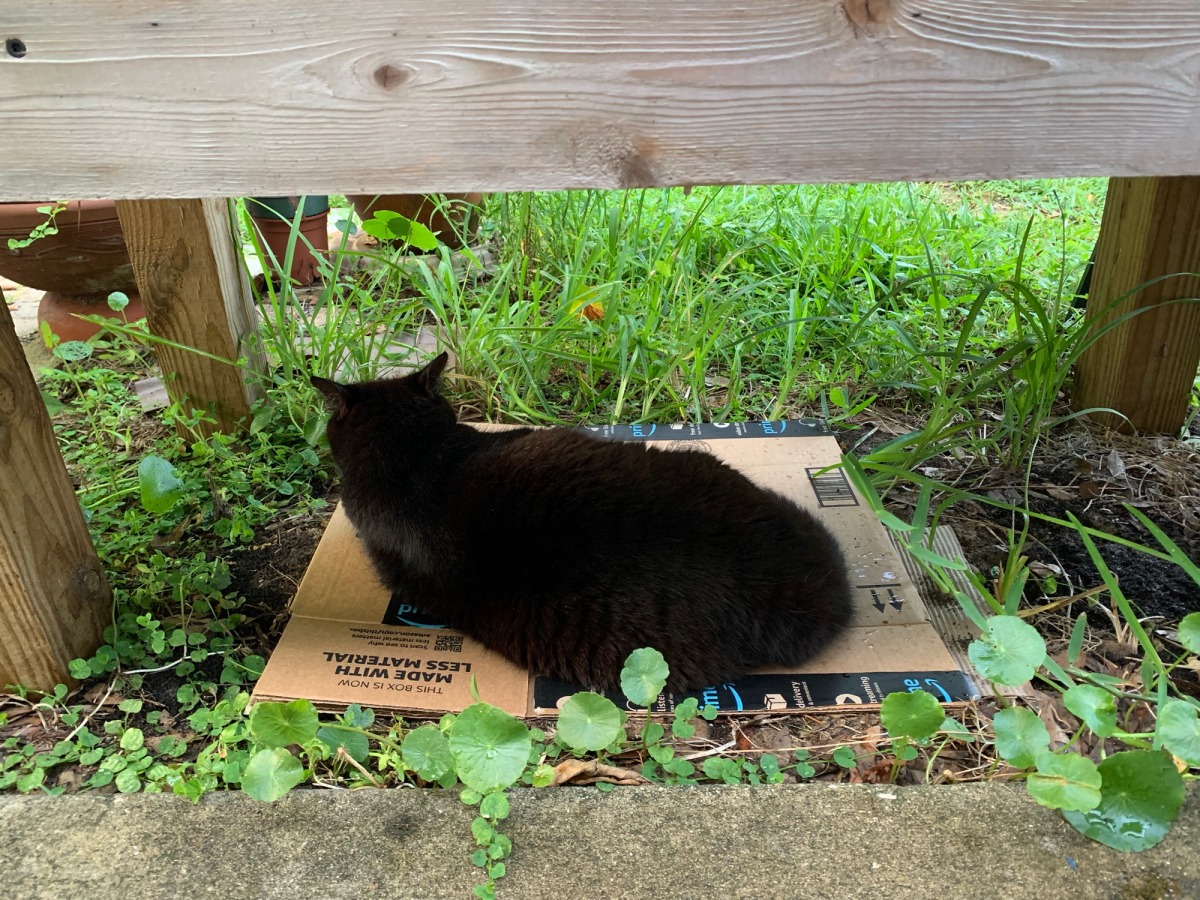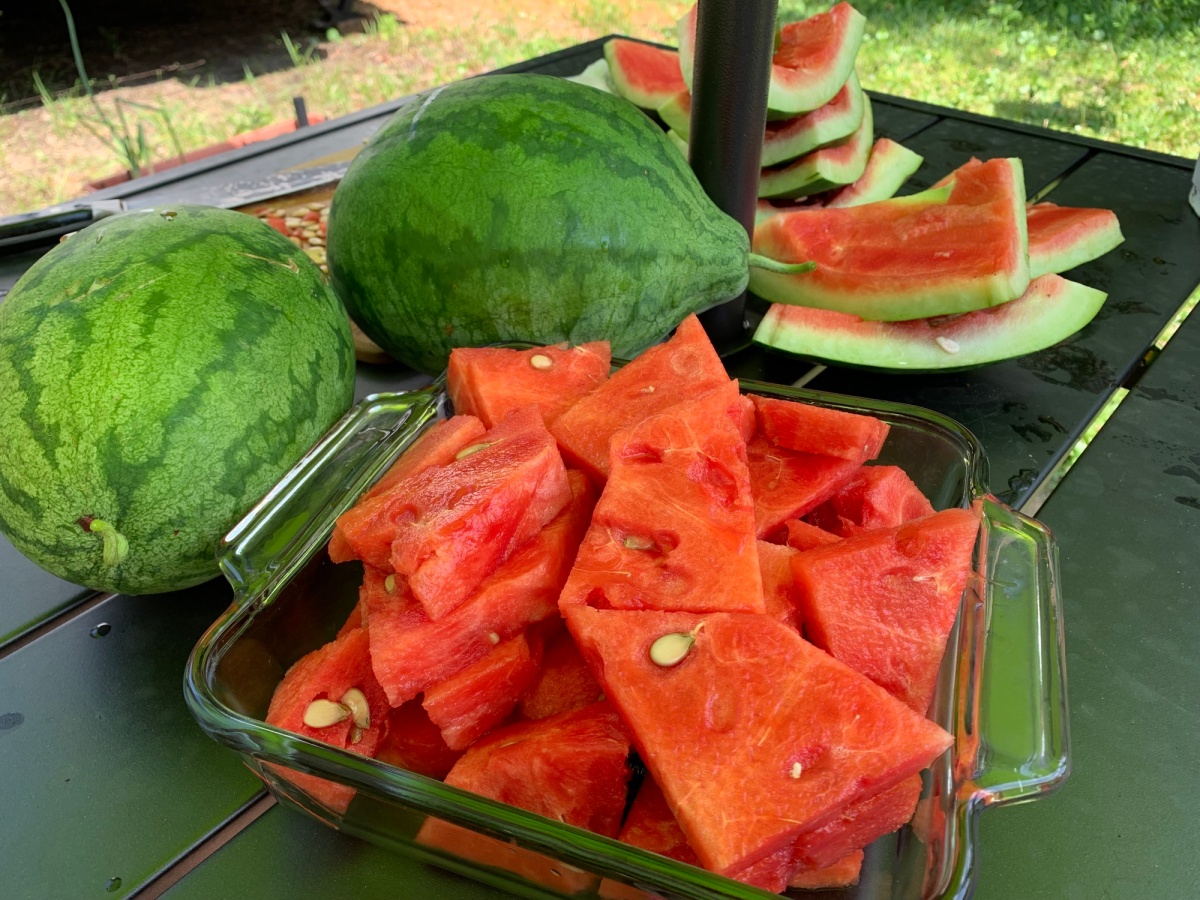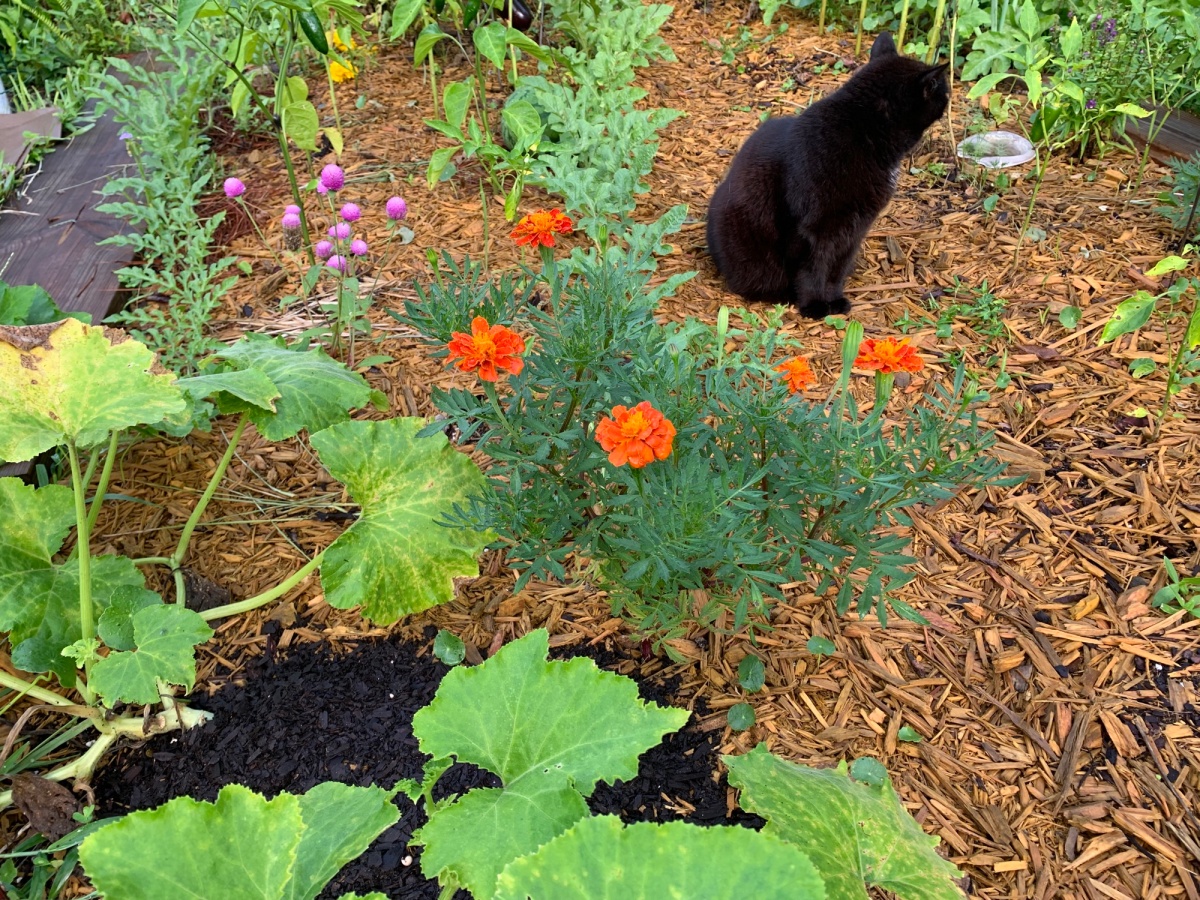A grower in Deland, Florida had posted about their success in growing Texas Grano bulb onions here in Florida. I hadn’t thought it was possible to grow onions in zone 9b. Now I have tried it over this past Florida winter, and have had some success!
Growing Texas Grano Onions From Seed
After purchasing seeds online, I went around the yard and planted them in raised bed boxes and in the ground.. I didn’t have high hopes for actually getting real onions from the garden. Truthfully, some are still growing and may not turn into anything. I did get a row that grew big enough to call “onions” and their stems just recently began falling over – signaling their end to growing.
Finding good advice for growing ANYTHING in Florida is difficult. But, you can take advice from growers in other zones. I can’t always do as they do, but things like “when to pull your onions”, is universal.
Watch this quick video, from The Rusted Garden, with advice about growing bulb onions.
Here in Florida I easily grow bunching onions. Those are the ones that do not get big at the bottom and we use the green stems for eating… unless they are left to grow and grow. The white bottom gets large, and they send out a beautiful big white flower which is where the seeds will be.


When I want to grow bunching onions, I buy some at Publix and save the rooted ends. A new bunching onion grows from that. I let them get big in my yard so they will flower. Bees and butterflies love the flowers! The bottom white part can also be sliced and sautéed.
Bulbing onions are another story. Because the SEEDS need to be planted in Fall (in zone 9b) and grown over winter, they must be left in the garden for months.
When searching for more about growing onions you will find “starts” and “sets”, but I have tried starts and they did nothing. It was a lot of work, for NO return, was my experience. I will plant seeds – directly outdoors – once again this coming Fall.
My Onion Harvest
I planted my Texas Grano Onion seeds in October. I am now harvesting them in May. That is a long time – seven months! Not all of them grew, in fact I’d say most did not grow at all, or remain small. I’m waiting to see if the small ones continue to grow.


I purchased the seed packets for Texas Grano onions at SESE (southern exposure seed exchange).
I will admit to not taking good care of my seedlings. My mindset was that they wouldn’t grow anyway, so I pretty much ignored them. Next time, I will be more careful because I know it’s possible to get nice onions from the seeds.
Curing pulled onions means letting them dry out. In a normal climate (without Florida’s humidity) that means leaving the onions out in the sun for a few days. I have so few onions to use, saving them may not be an issue.
